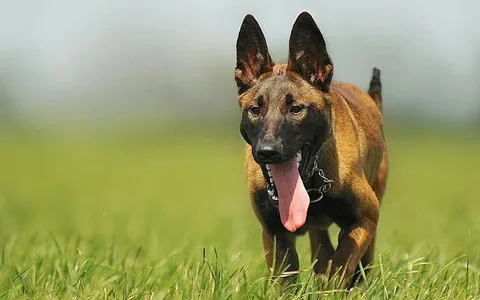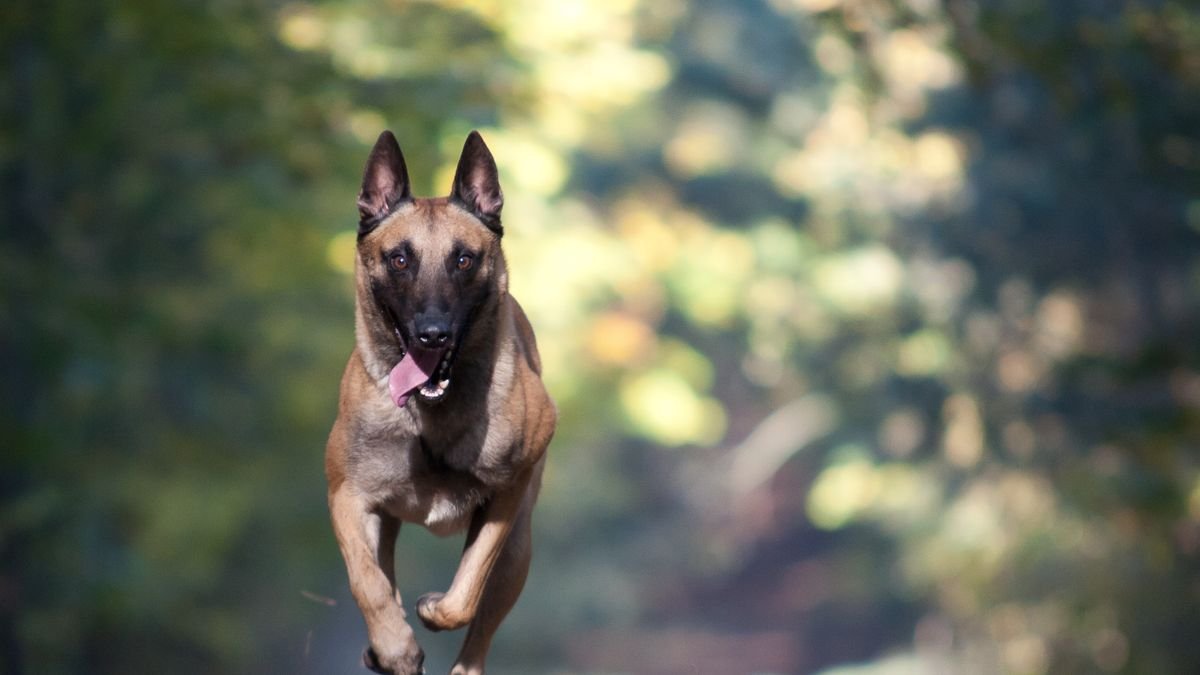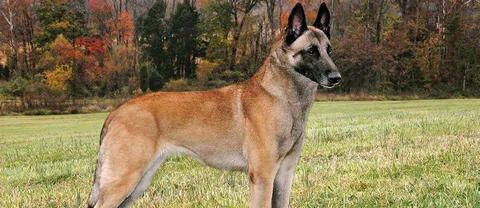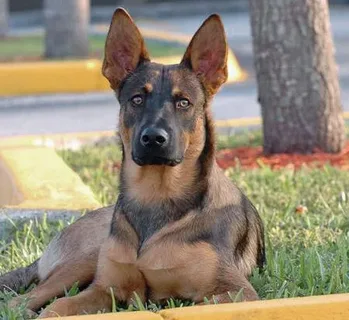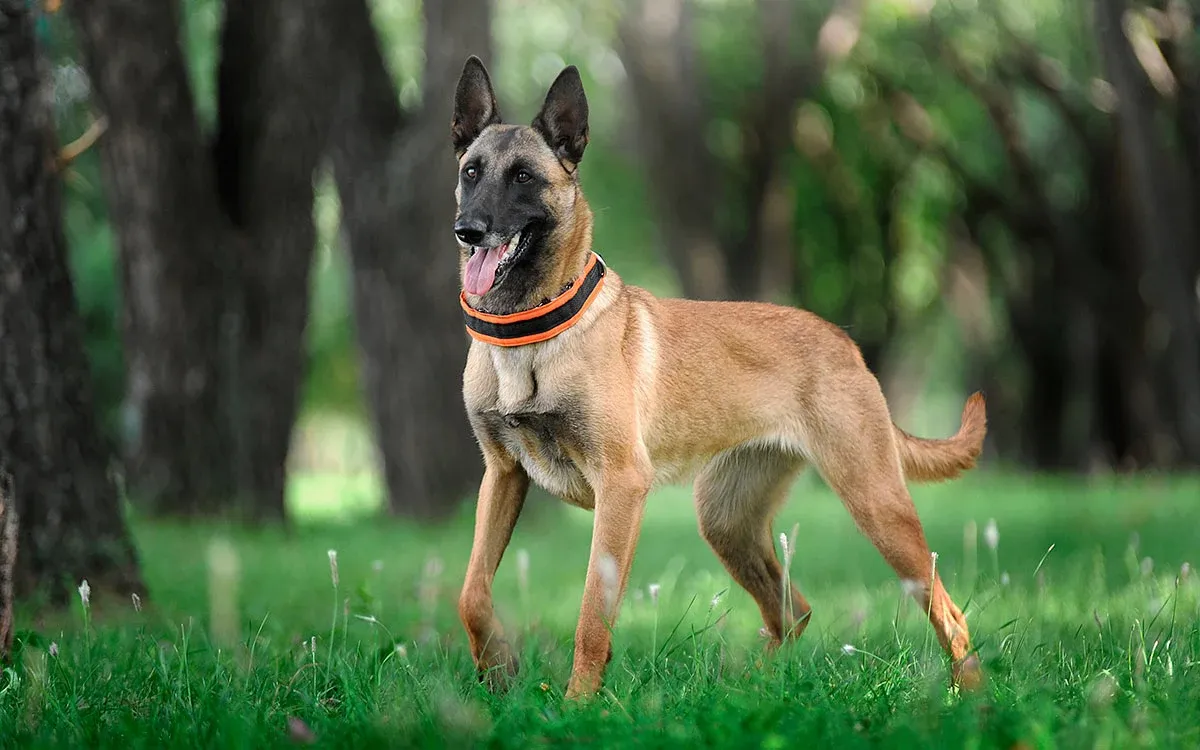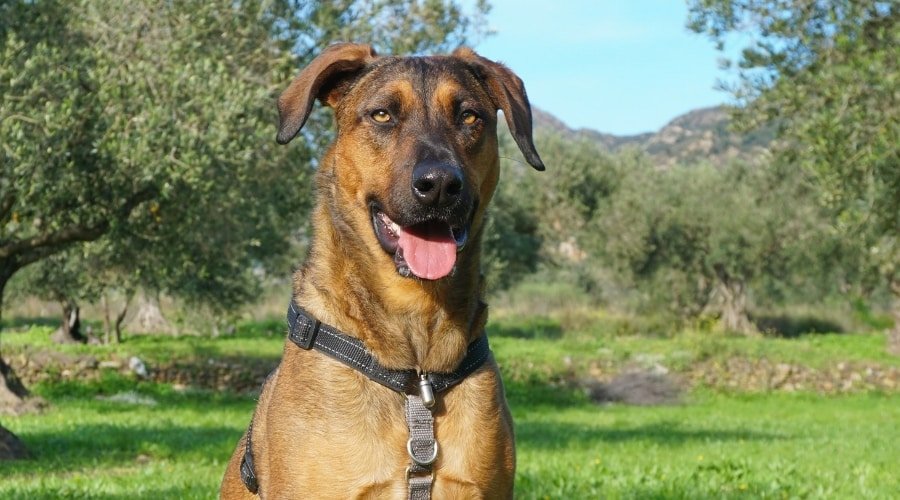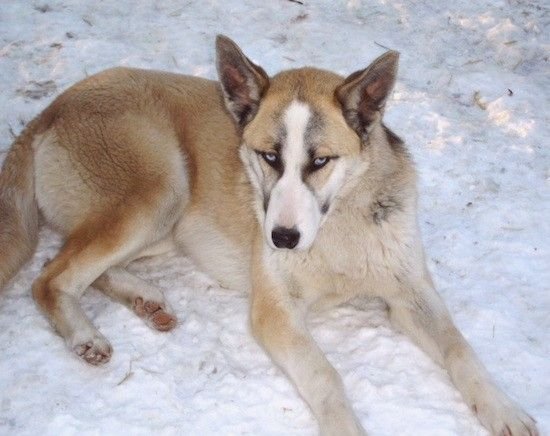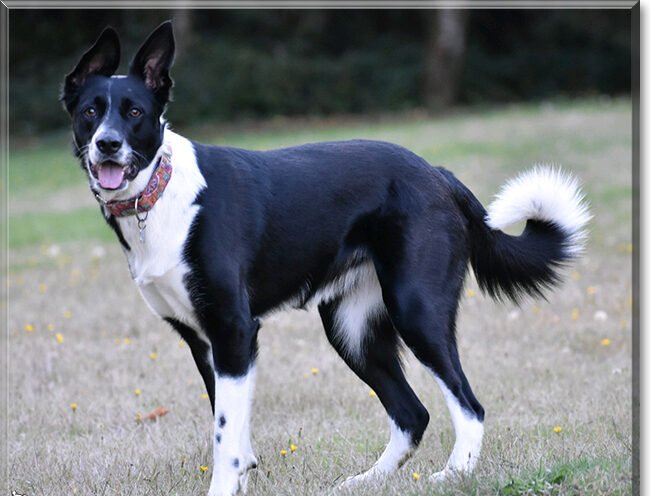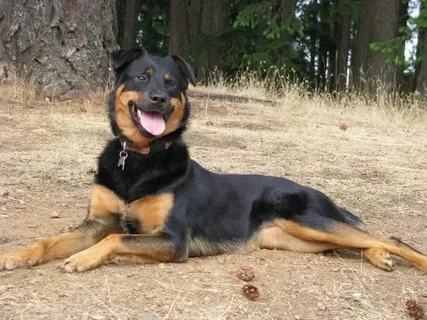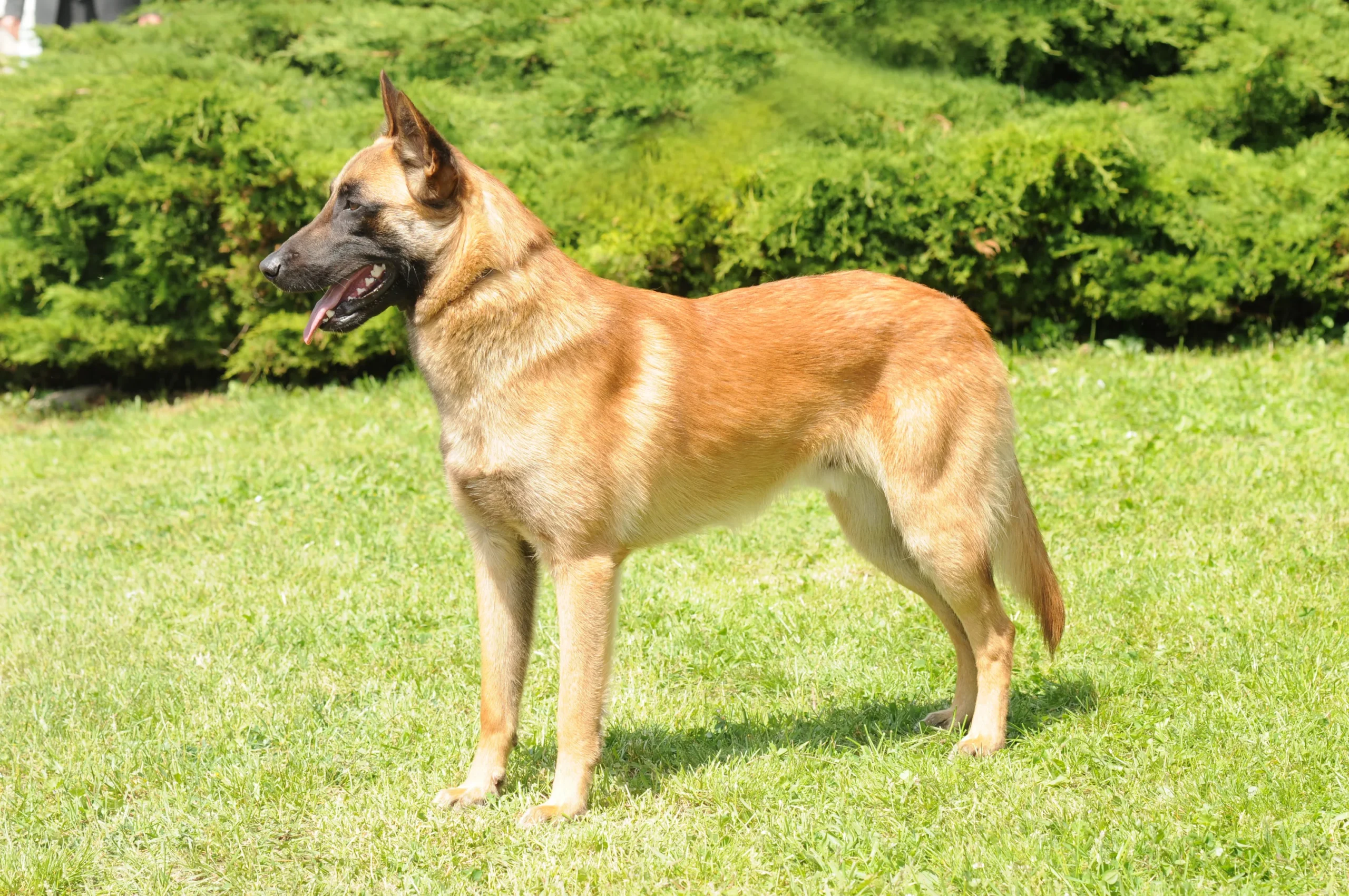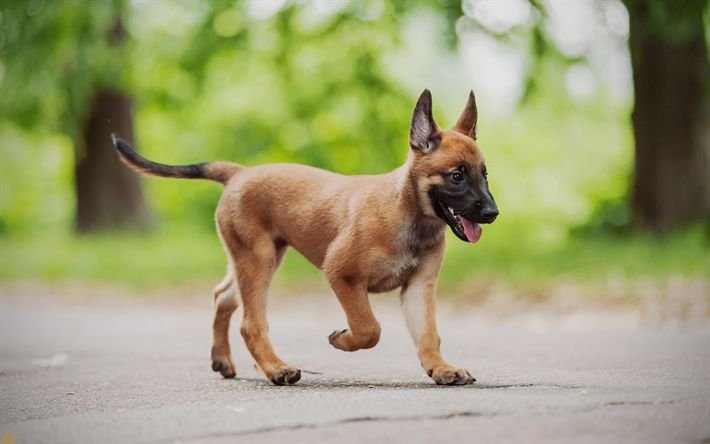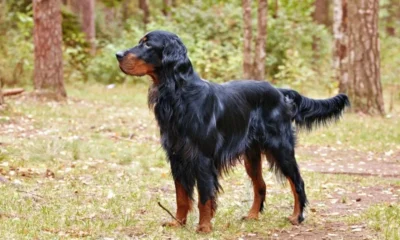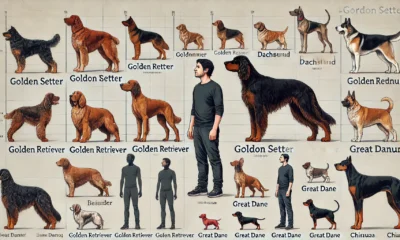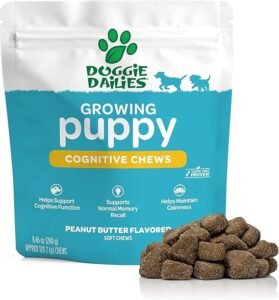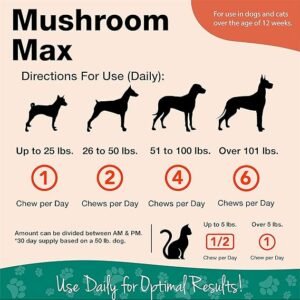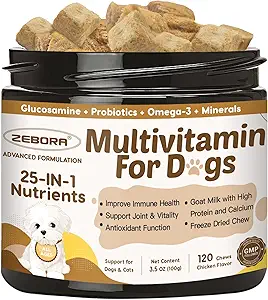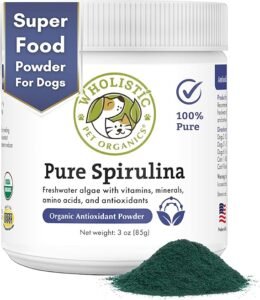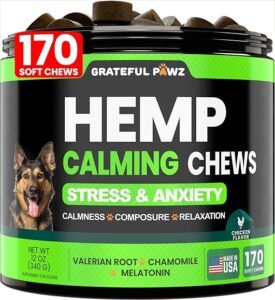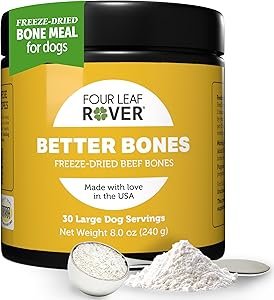Working Breeds
Belgian Malinois Mixes: Historical Background

Working Breeds
German Shepherd Lifestyle Mastery: Daily Routines of a Balanced Champion
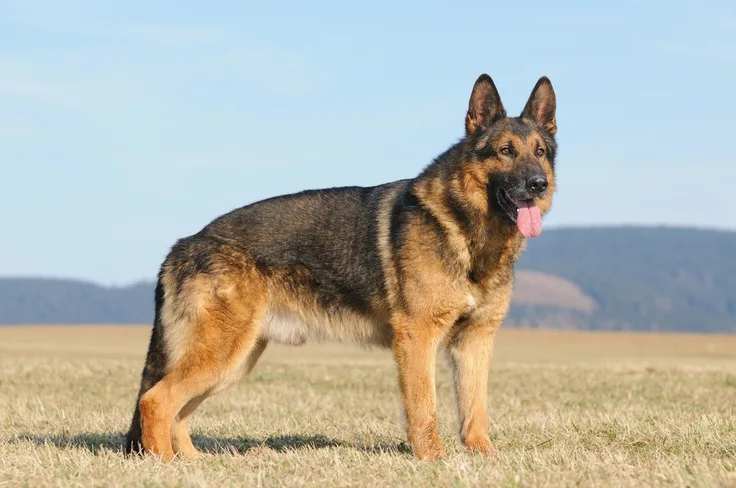
📢 This is Part 17 of the German Shepherd Series on DogsReader

Discover the complete mastery series and build your German Shepherd’s life the elite way.
🐶 Visit: www.dogsreader.com
📩 Ask our 24/7 Dog Chatbot anything – trained with official AKC knowledge!
📧 Contact: dogsreaders@gmail.com
📱 Follow us on Facebook & Instagram
▶️ [Subscribe to us on YouTube | Facebook | Instagram |
🐾 Introduction: A Champion’s Life is Built Daily
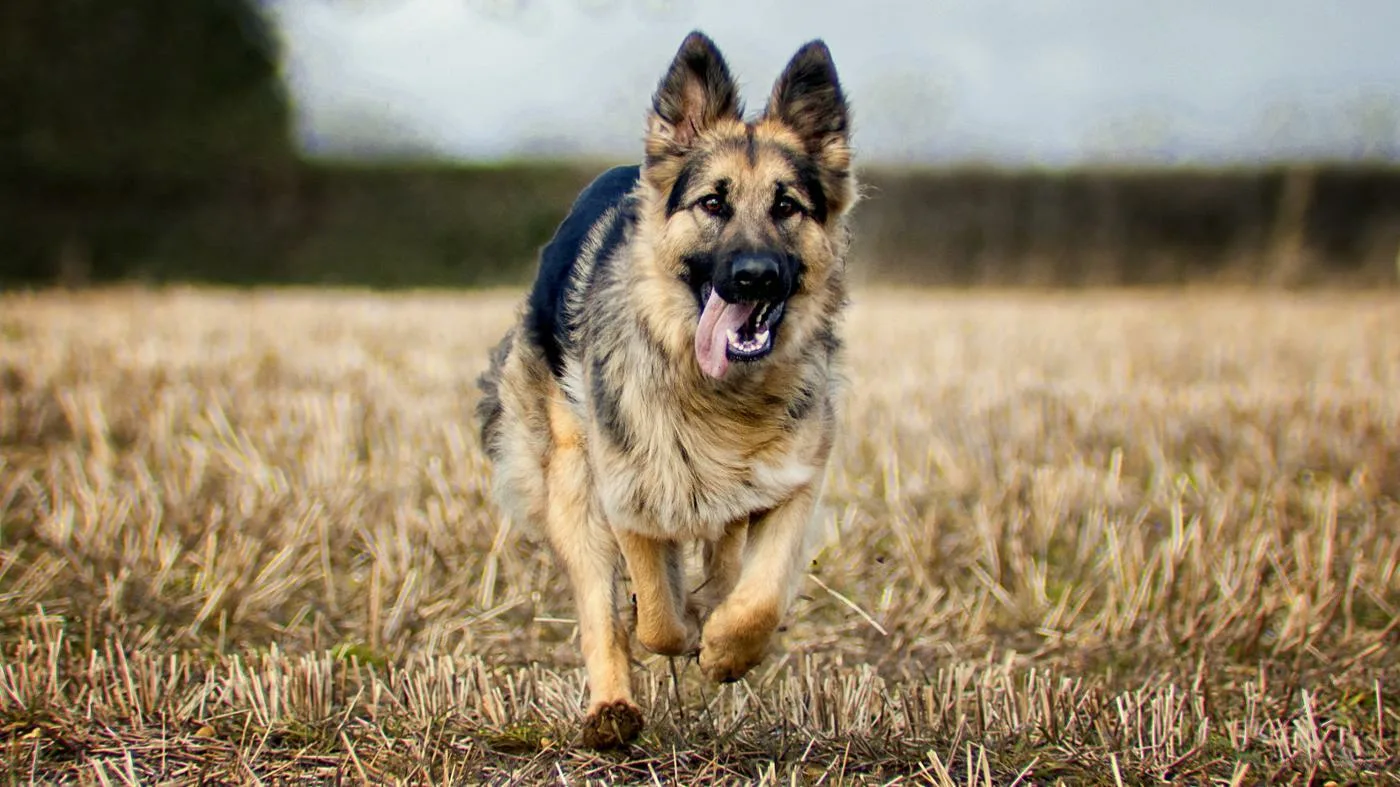
German Shepherd Lifestyle Mastery: Behind every confident, balanced, and sharp German Shepherd lies a lifestyle shaped by consistency. Whether your dog is destined for family protection, therapy work, K9 units, or a calm companion life, the daily routine you establish plays the most vital role.
This article explores the ideal daily lifestyle routines of German Shepherds—puppies, adults, and seniors—customized by age, climate, and urban vs rural living. We’ll uncover the physical, mental, and emotional needs across each part of the day and help you build a balanced, happy life for your GSD.
🌞 Morning Routine: Foundation of Focus & Energy

| Age Group | Key Elements | Sample Activities |
|---|---|---|
| Puppy | Gentle wake-up, potty, light movement | Outdoor sniffing walk (10–15 mins), stretching games |
| Adult | Structured start, energy release | Jog or fetch session (20–30 mins), scent drills |
| Senior | Slow movement, joint-friendly activities | Short leash walk, soft massage, light obedience |
Country Climate Tips:
- Cold (Canada, Germany): Use jackets, warm water drink, indoor stretching.
- Hot (India, UAE): Very early walk, hydration before/after, paw balm.
- Mild (UK, Japan): Outdoor games with sunlight exposure.
🧠 Midday Engagement: Mental Fitness & Bonding
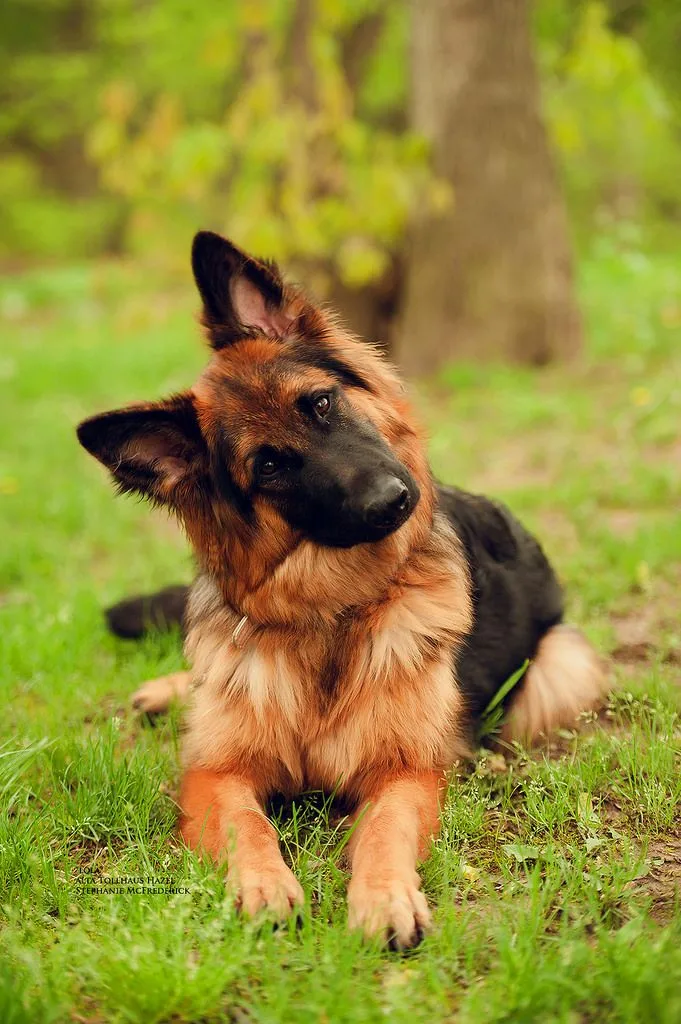
| Age Group | Focus Area | Sample Activities |
| Puppy | Cognitive growth | Name recall, puzzle toys, crate time |
| Adult | Purposeful stimulation | Scent tracking, command polishing, new tricks |
| Senior | Brain health | Slow command repetition, hidden object game |
Urban Tip: Use indoor brain games or enrichment mats.
Rural Tip: Utilize natural obstacles, farm play, long leads.
🦴 Afternoon Balance: Rest, Recovery & Passive Stimulation
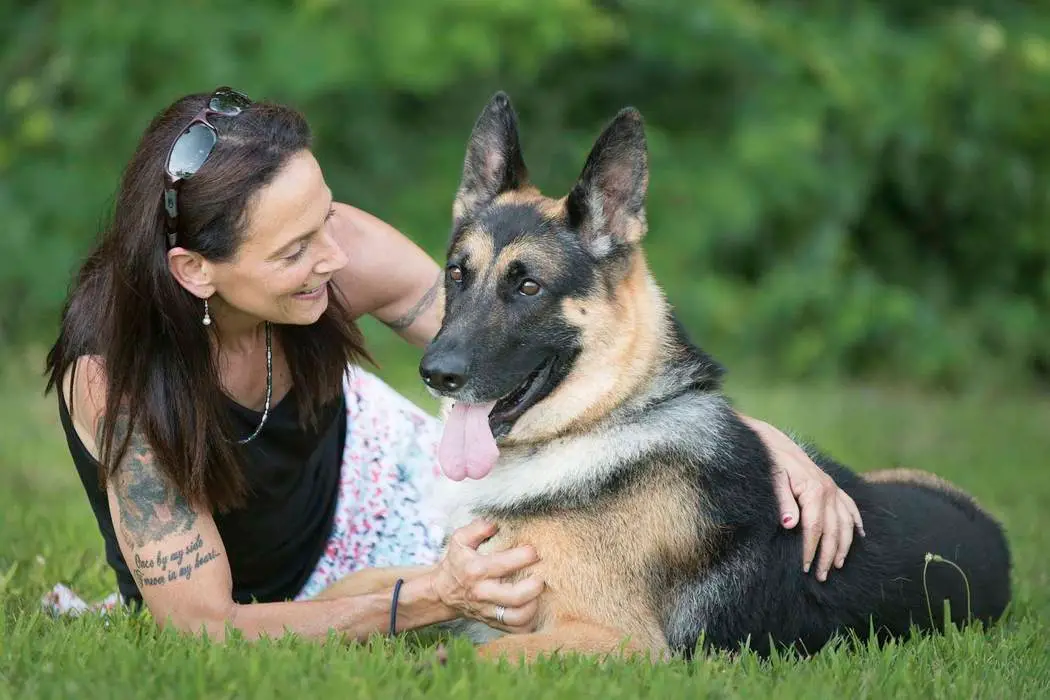
| Ideal Elements | Examples |
| Nap Time | Encourage calm crate/bedtime after food |
| Chew Time | Safe bones, frozen treats, antler chews |
| Social Time | Interaction with calm dogs, family children |
📌 Avoid heavy activities during peak afternoon heat in tropical countries.
🌇 Evening Routine: Wind Down the Champion
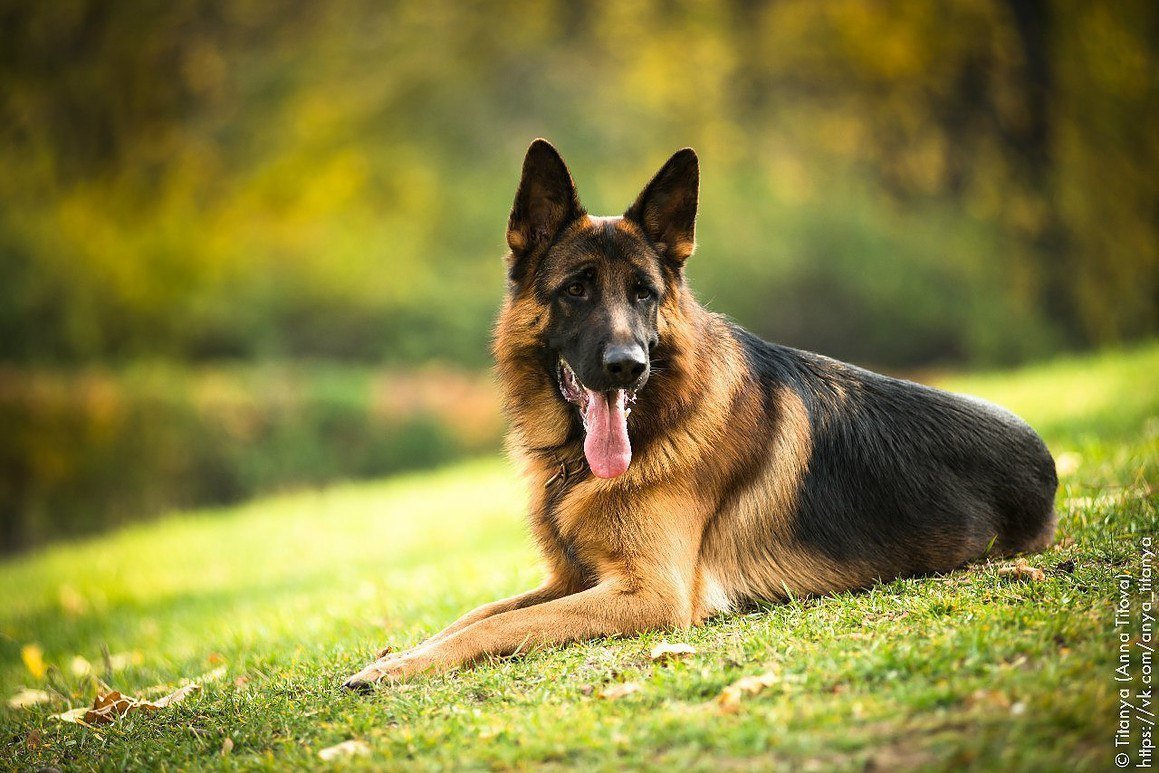
| Age Group | Activities | Duration |
| Puppy | Short leash walk, soft play | 15–20 mins |
| Adult | Obedience drills, family bonding | 30–45 mins |
| Senior | Grass walk, gentle massage | 20–30 mins |
Tips by Season:
- Summer: Evening walks help release pent-up heat.
- Winter: Light inside play to avoid icy roads.
- Spring/Autumn: Great for longer walks and reflection time.
🛌 Night Routine: Secure Sleep & Emotional Reset

- Clean paws and check joints.
- Light brushing (helps bonding).
- Quiet space with soft bedding.
- Soothing music or diffuser (lavender, vet-approved oils).
- Final potty break before sleep.
Puppy Tip: Use a heartbeat toy or warm water bag to calm them.
Senior Tip: Orthopedic beds + calming chews.
🌍 Country-Based: Lifestyle Modifications
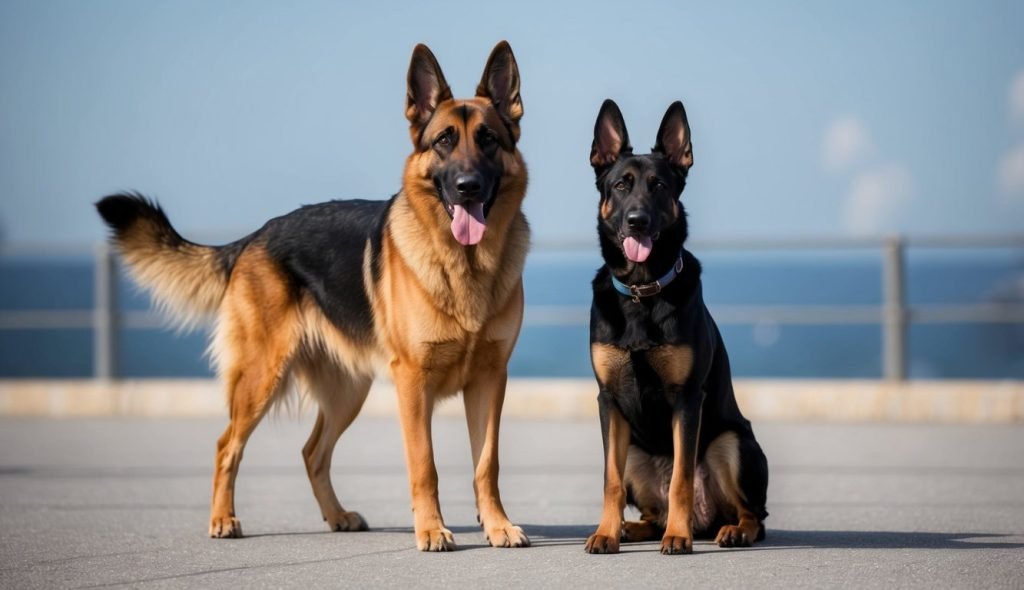
| Region | Lifestyle Tip |
| Urban USA | Short, frequent walks + indoor games |
| Rural Australia | Livestock watching + long scent walks |
| Tropical India | More indoor play, water breaks, wet towels to cool |
| Snowy Norway | Treadmill walks, paw wax, heated jackets |
📅 Sample Daily Routine by Age & Lifestyle

🐶 Puppy (Urban – India)
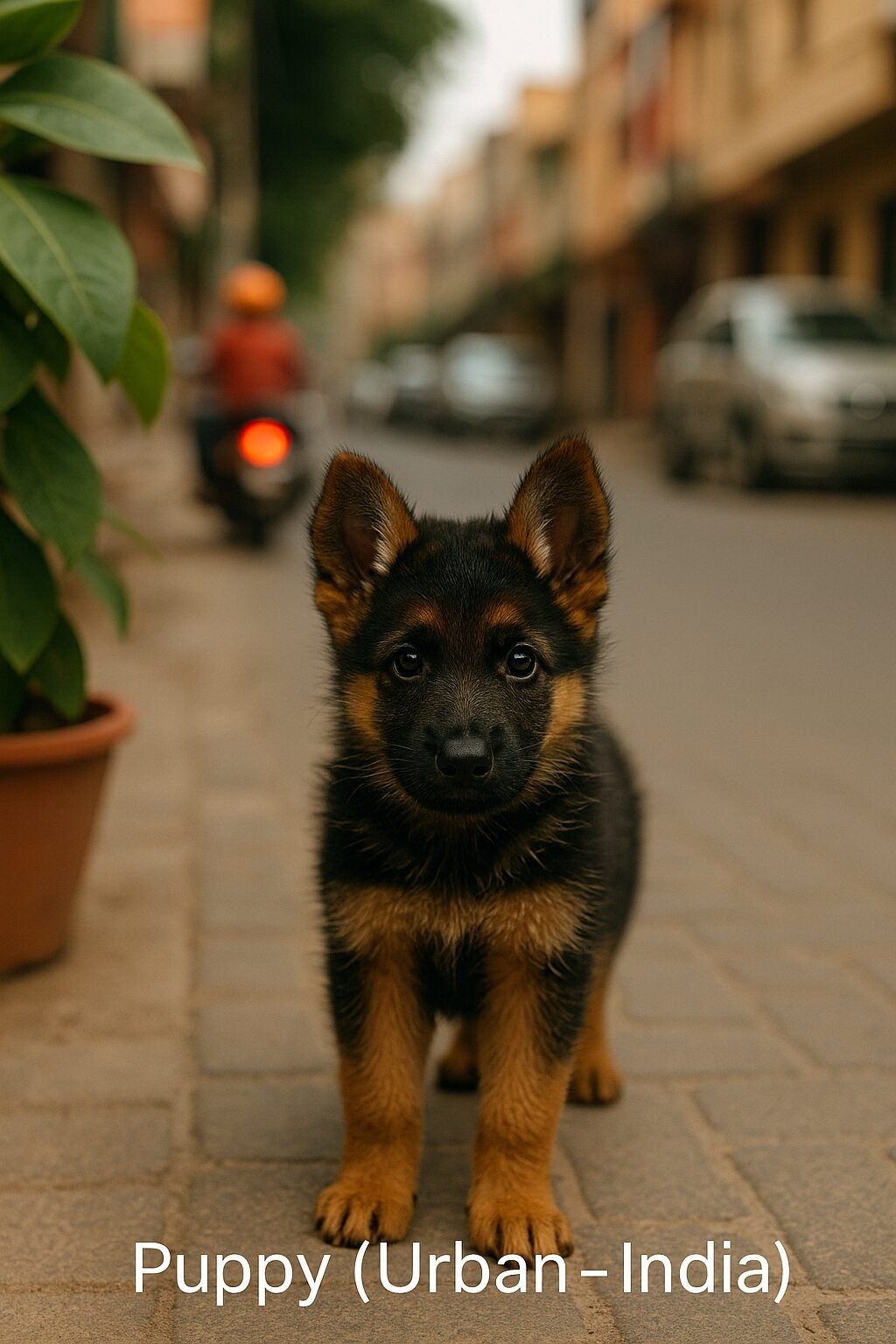
- 6:30 AM: Potty + short sniff walk
- 8:00 AM: Play + basic obedience
- 10:30 AM: Nap + chew toy
- 1:00 PM: Food + brain game
- 4:00 PM: Light play + potty
- 7:00 PM: Calm walk + family cuddle
- 9:00 PM: Potty + sleep
🐕 Adult (Rural – Canada)
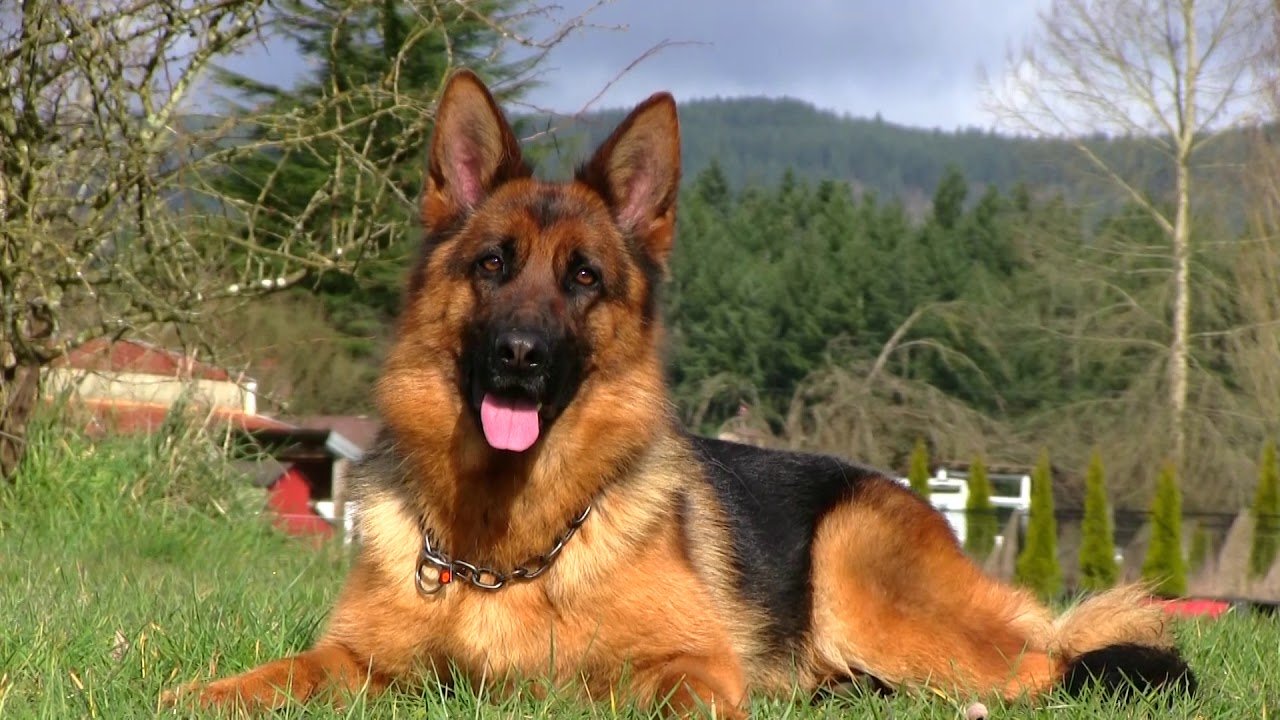
- 7:00 AM: Jog + training session
- 9:00 AM: Feed + rest
- 12:00 PM: Fetch + scent game
- 3:00 PM: Obstacle training
- 6:00 PM: Hiking trail or woods play
- 9:00 PM: Cool down + rest
🐾 Senior (Urban – UK)
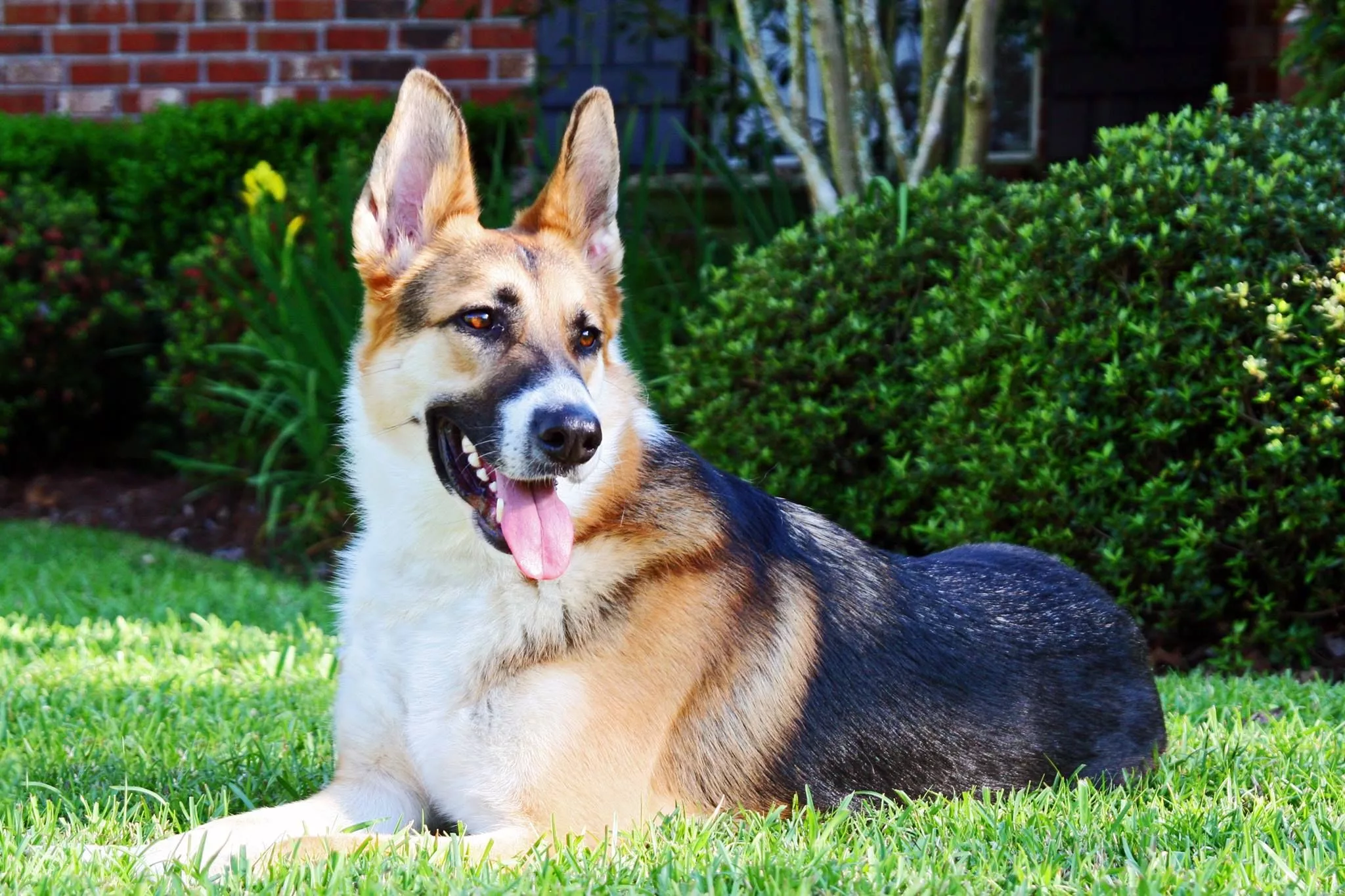
- 7:30 AM: Leash walk + fresh water
- 9:30 AM: Food + chew treat
- 12:30 PM: Nap + cuddle time
- 4:00 PM: Find-the-treat game
- 7:00 PM: Short walk + massage
- 9:00 PM: Sleep
❗ Lifestyle Red Flags
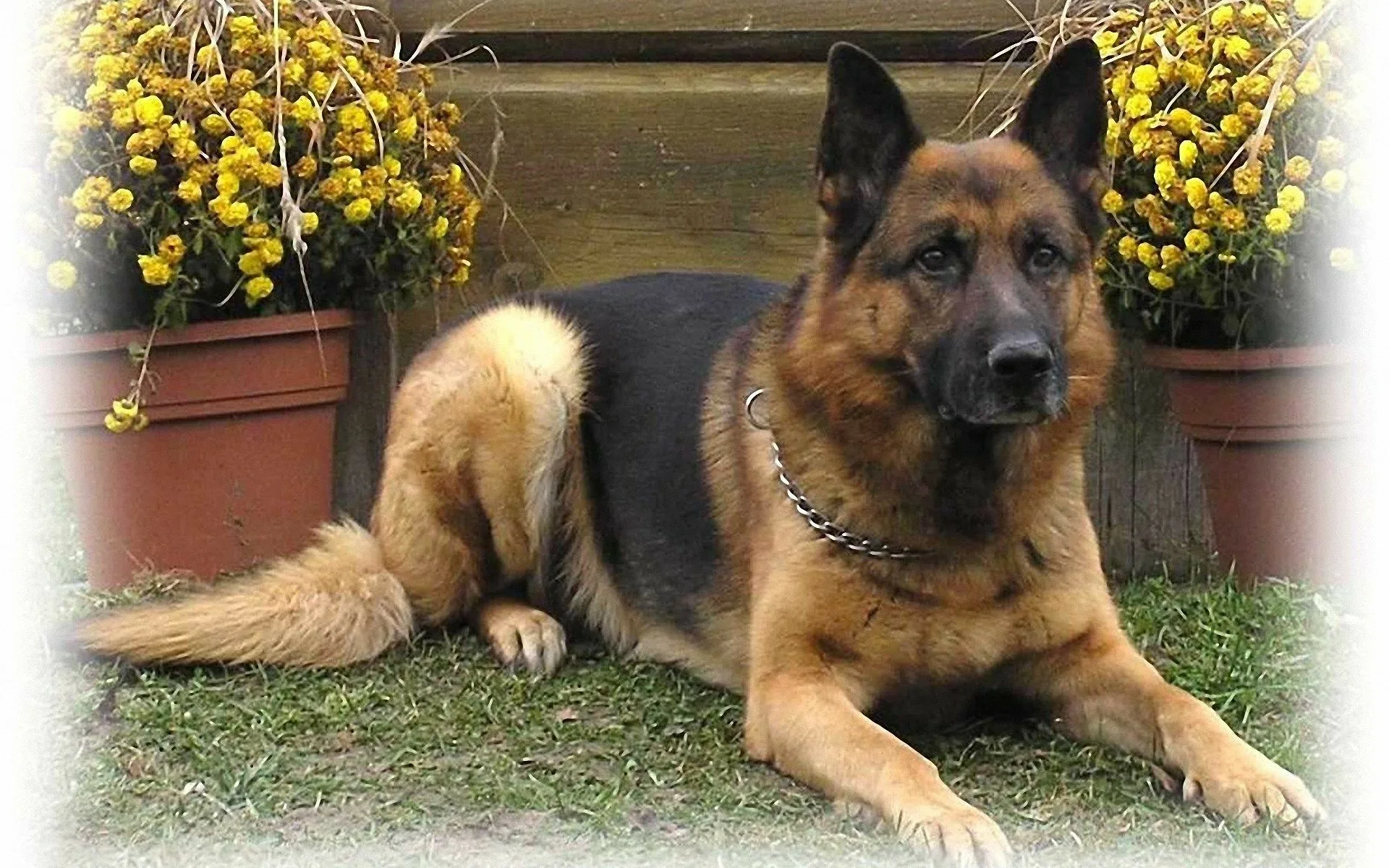
- Sudden laziness or restlessness
- Destructive chewing or digging
- Excessive barking or whining
- Irritation with daily activities
- Lack of appetite after inactivity
These may indicate boredom, stress, illness, or an unbalanced routine. Adjust quickly.
Closing Statement: A Routine that Builds a Legacy
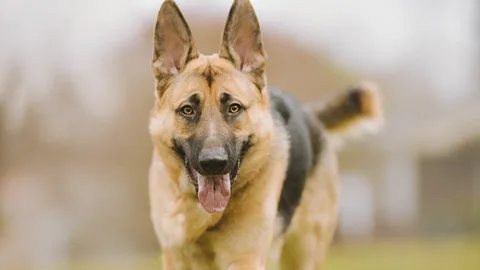
A champion isn’t made overnight. It’s crafted day by day. By giving your German Shepherd a structured, mindful, climate-conscious routine, you unlock their best self. They don’t just perform better—they live better.
This article is your blueprint to a thriving German Shepherd lifestyle.
📌 (FAQs)
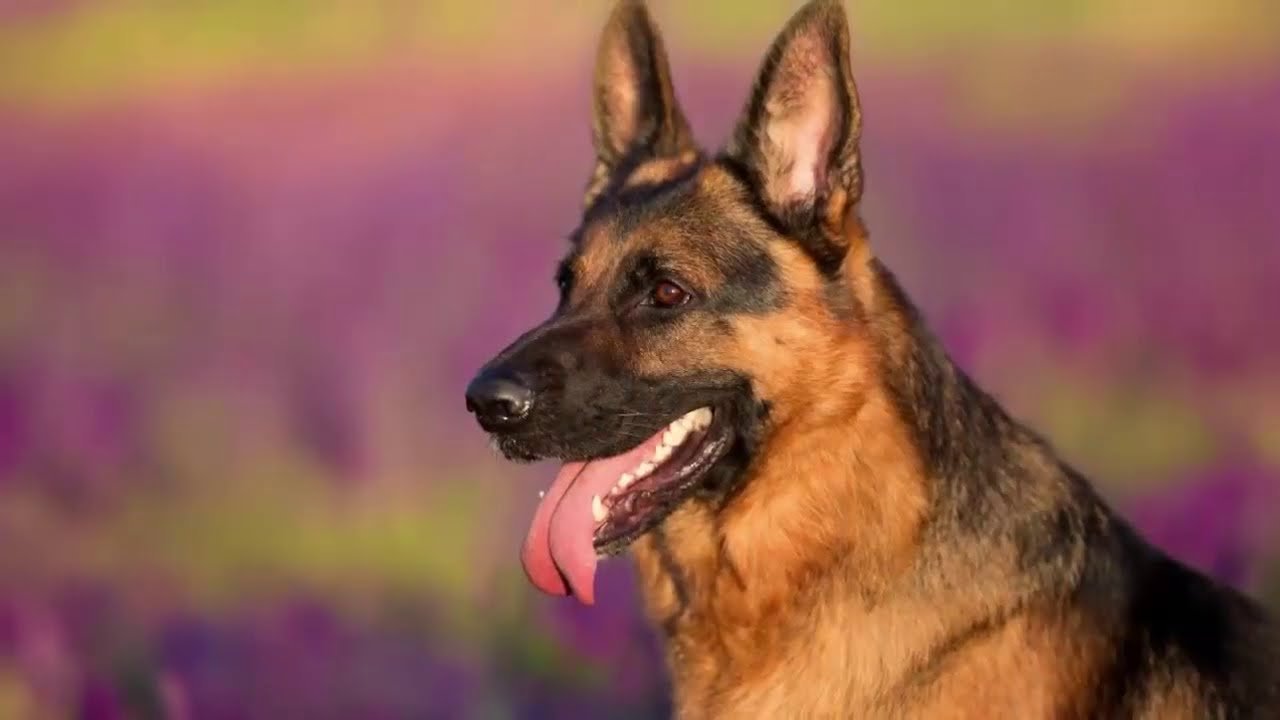
❓ What is the ideal daily routine for a German Shepherd?
A well-balanced German Shepherd routine includes early morning exercise, midday mental stimulation, afternoon rest with enrichment activities, and a calming evening session. The routine must be adjusted based on the dog’s age (puppy, adult, senior), your climate, and urban vs. rural environment.
❓ How many hours of exercise does a German Shepherd need each day?
German Shepherd Lifestyle Mastery: Adult German Shepherds typically need 1.5 to 2 hours of exercise per day. Puppies require shorter, multiple sessions, while seniors need gentle movement like short walks or joint-friendly play for 30–45 minutes total.
❓ What time should I walk my German Shepherd in hot countries?
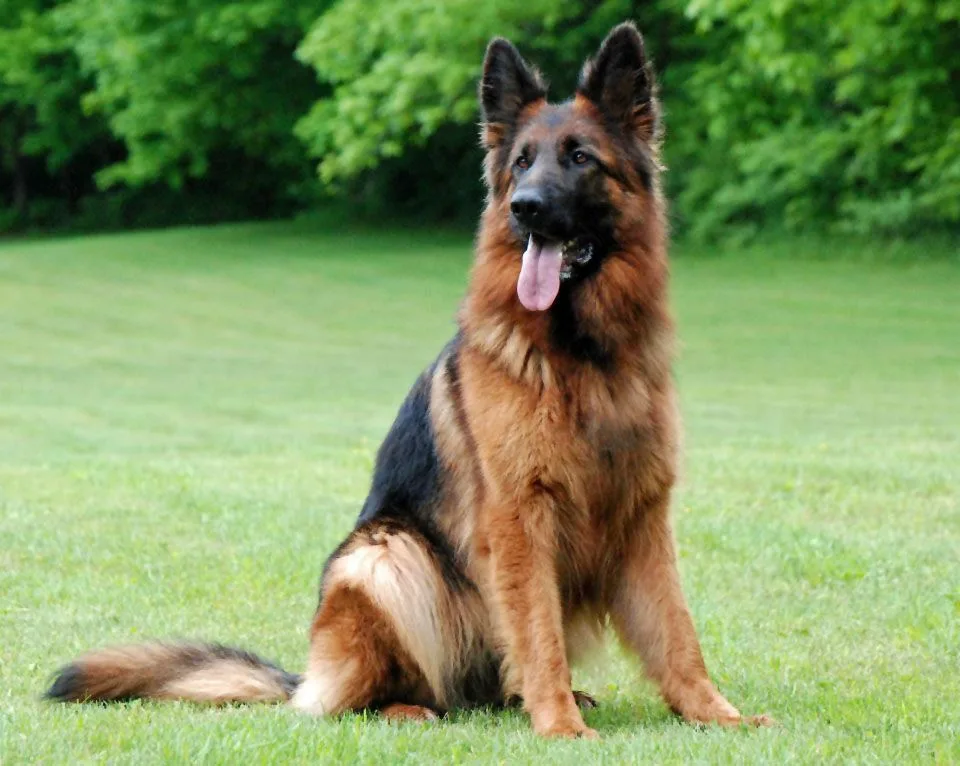
In tropical countries like India or UAE, walk your German Shepherd early in the morning (before 8 AM) and after sunset to avoid heatstroke. Midday activity should be avoided due to extreme heat.
❓ How can I mentally stimulate my German Shepherd during the day?
Use scent work, puzzle toys, obedience drills, command reinforcement, and hidden treat games. This builds mental strength and prevents boredom-related behavior like digging or barking.
❓ What is a good sleep schedule for German Shepherds?
German Shepherds need 12–14 hours of sleep daily. Puppies may sleep up to 18 hours. Ensure a quiet, clean, comfortable sleeping area, and avoid overstimulation late at night.
❓ How do I adjust my German Shepherd’s lifestyle for winter?
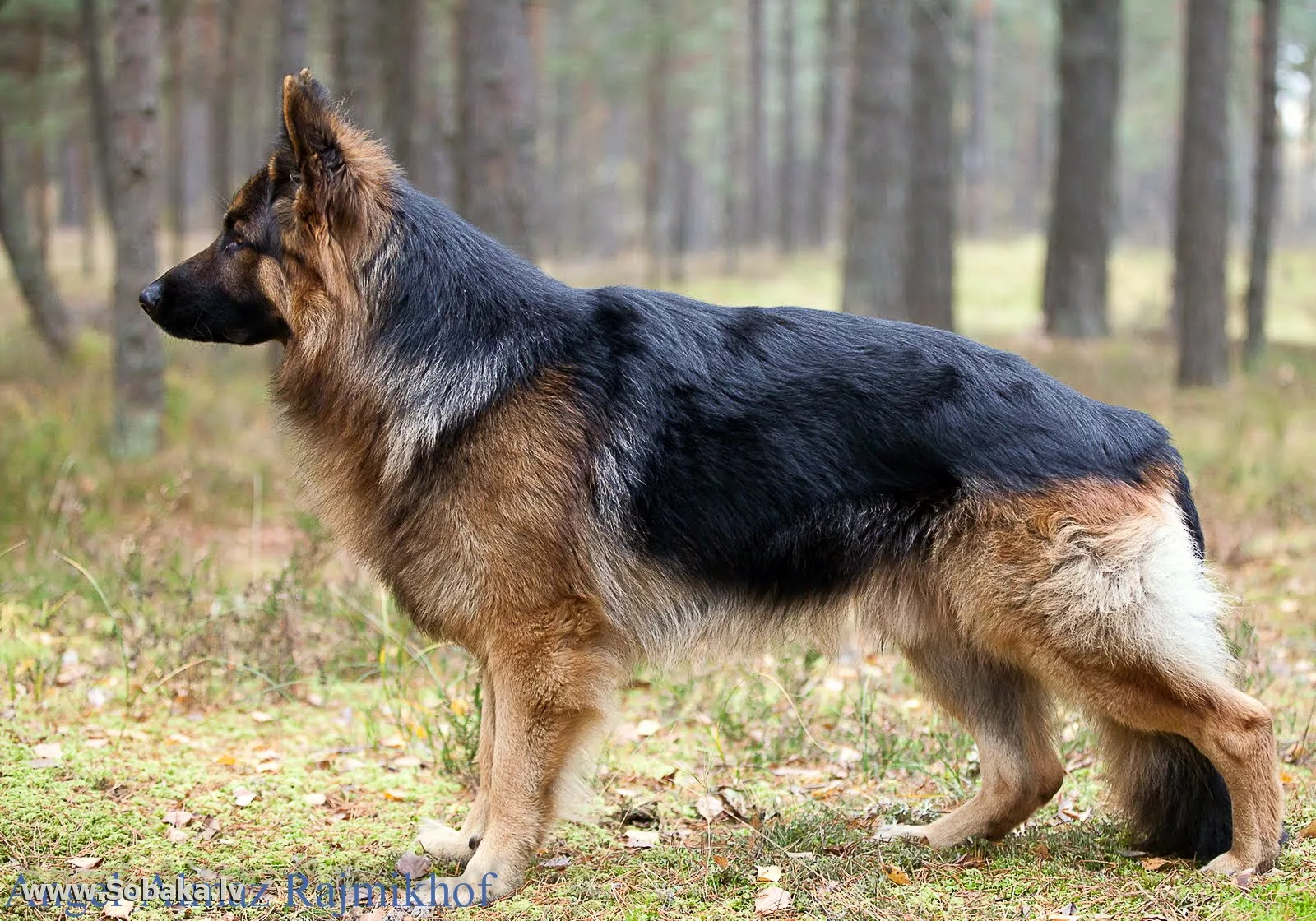
In cold countries, use thermal jackets, indoor play sessions, paw wax, and avoid icy or salt-treated roads. Morning and evening walks should be shorter and warmer.
❓ What are the signs of a poor daily routine in German Shepherds?
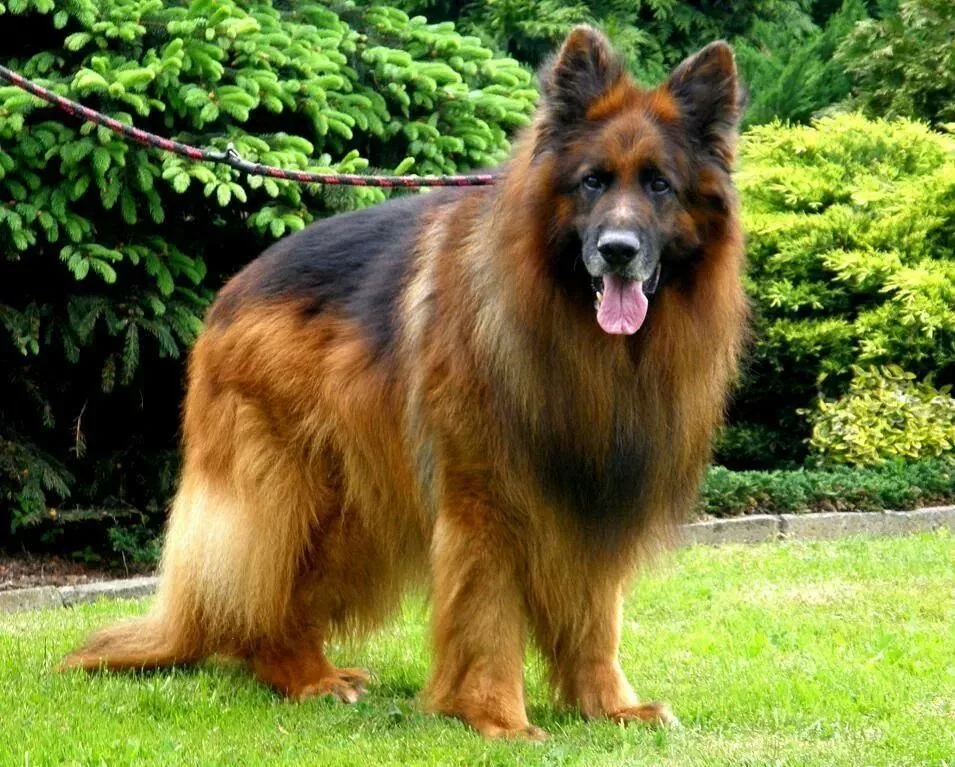
Watch for excessive barking, destructive chewing, restlessness, lack of appetite, and disinterest in play. These are signs your dog’s routine may lack balance, stimulation, or emotional structure.
❓ Can I keep a German Shepherd in an apartment?
Yes, but you’ll need a very structured daily routine, including multiple short walks, mental stimulation games indoors, and a committed time schedule to burn energy safely and calmly.
❓ What should I do before bedtime for my German Shepherd?
German Shepherd Lifestyle Mastery: Provide a gentle walk, clean their paws, give a final potty break, offer soothing music or calming scents, and allow bonding time like brushing or cuddles. This encourages a relaxed, secure sleep.
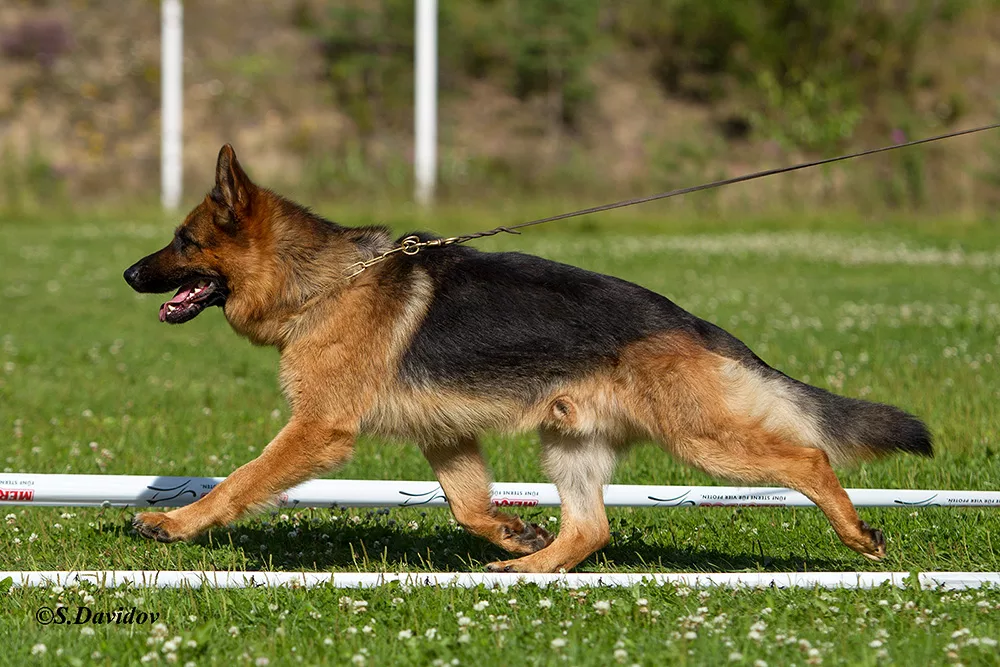
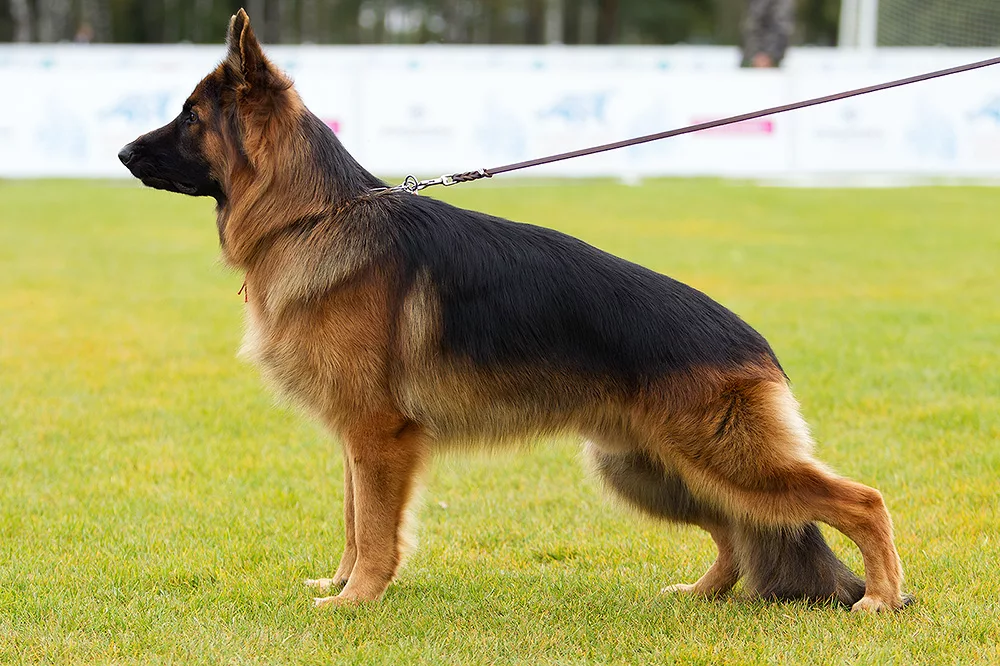
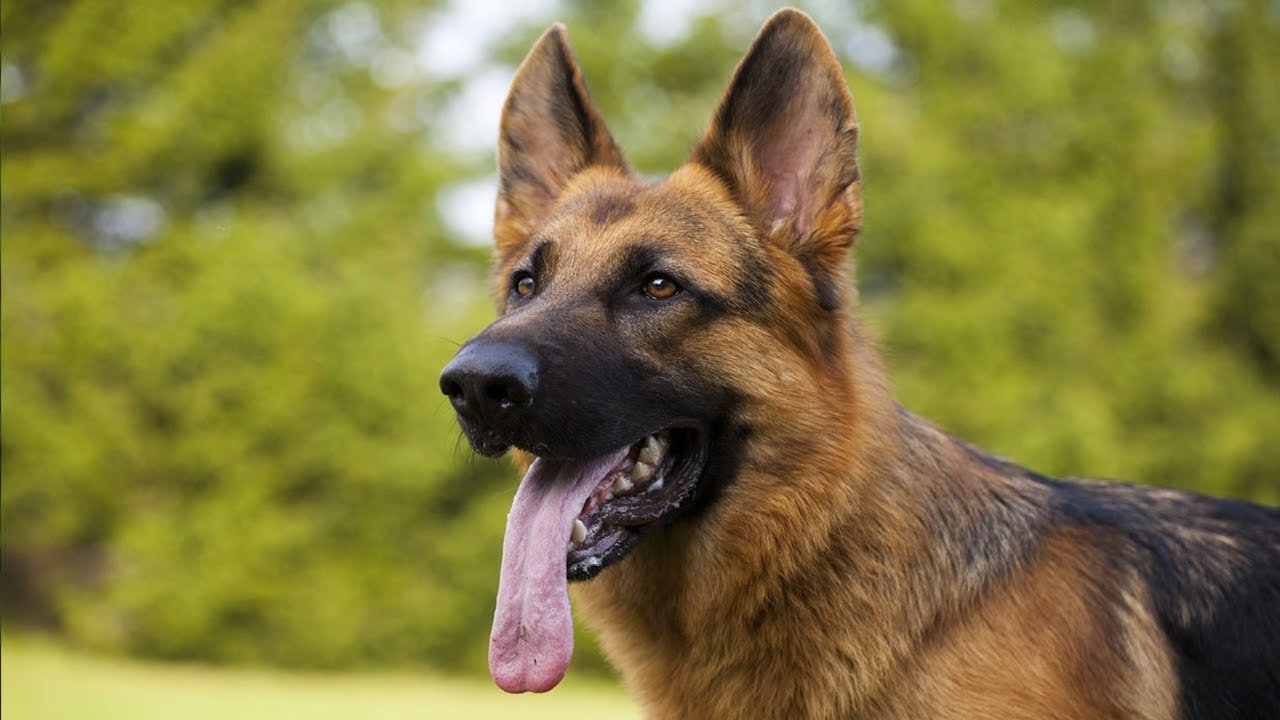

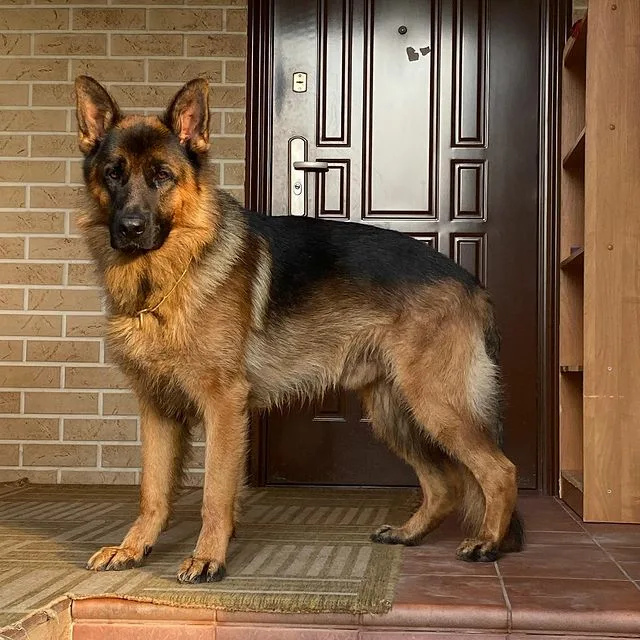
Working Breeds
German Shepherd Exercise Blueprint: Age-Wise Workouts for Peak Performance
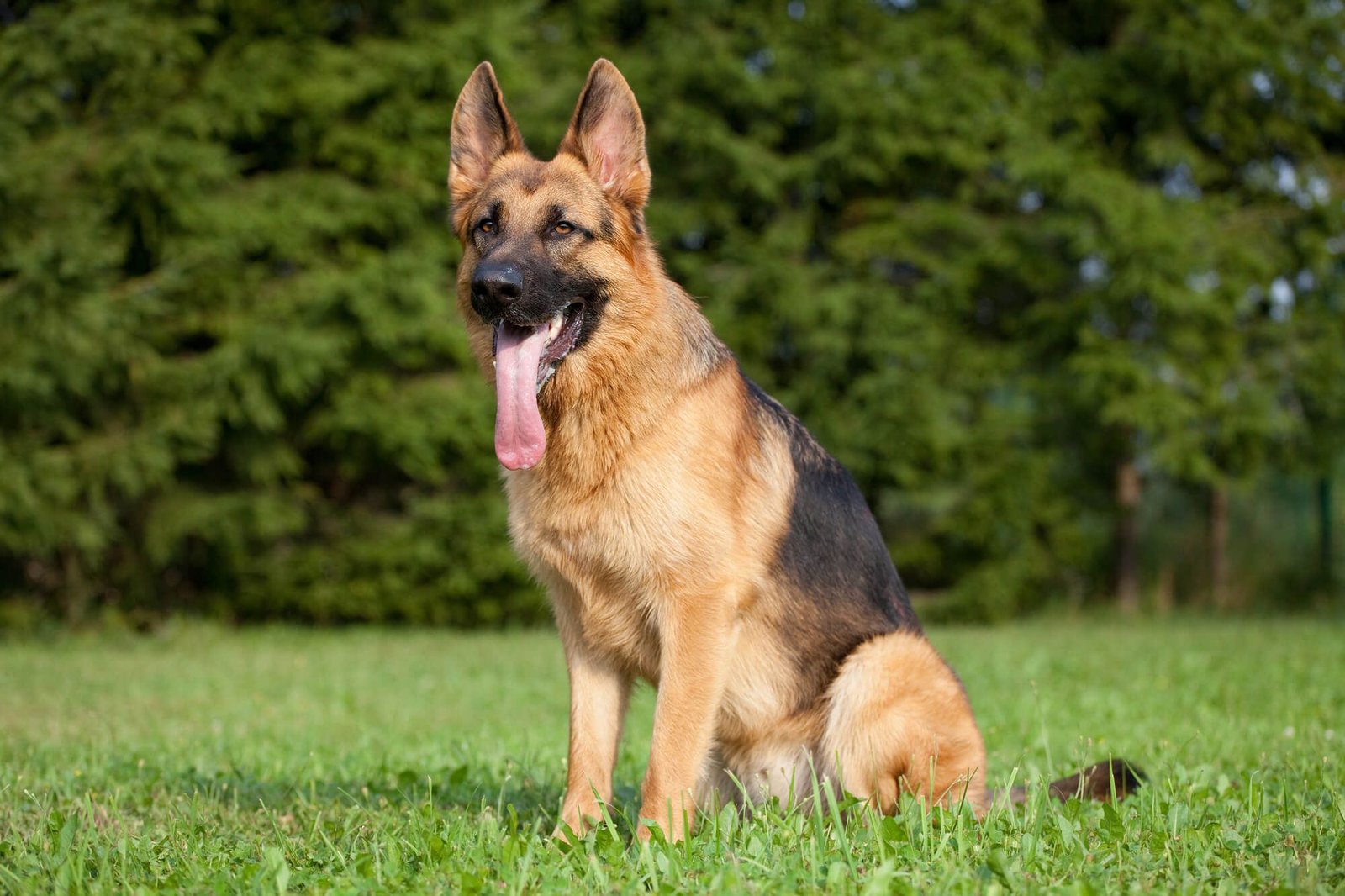
📢 This is Part 16 of the German Shepherd Series on DogsReader
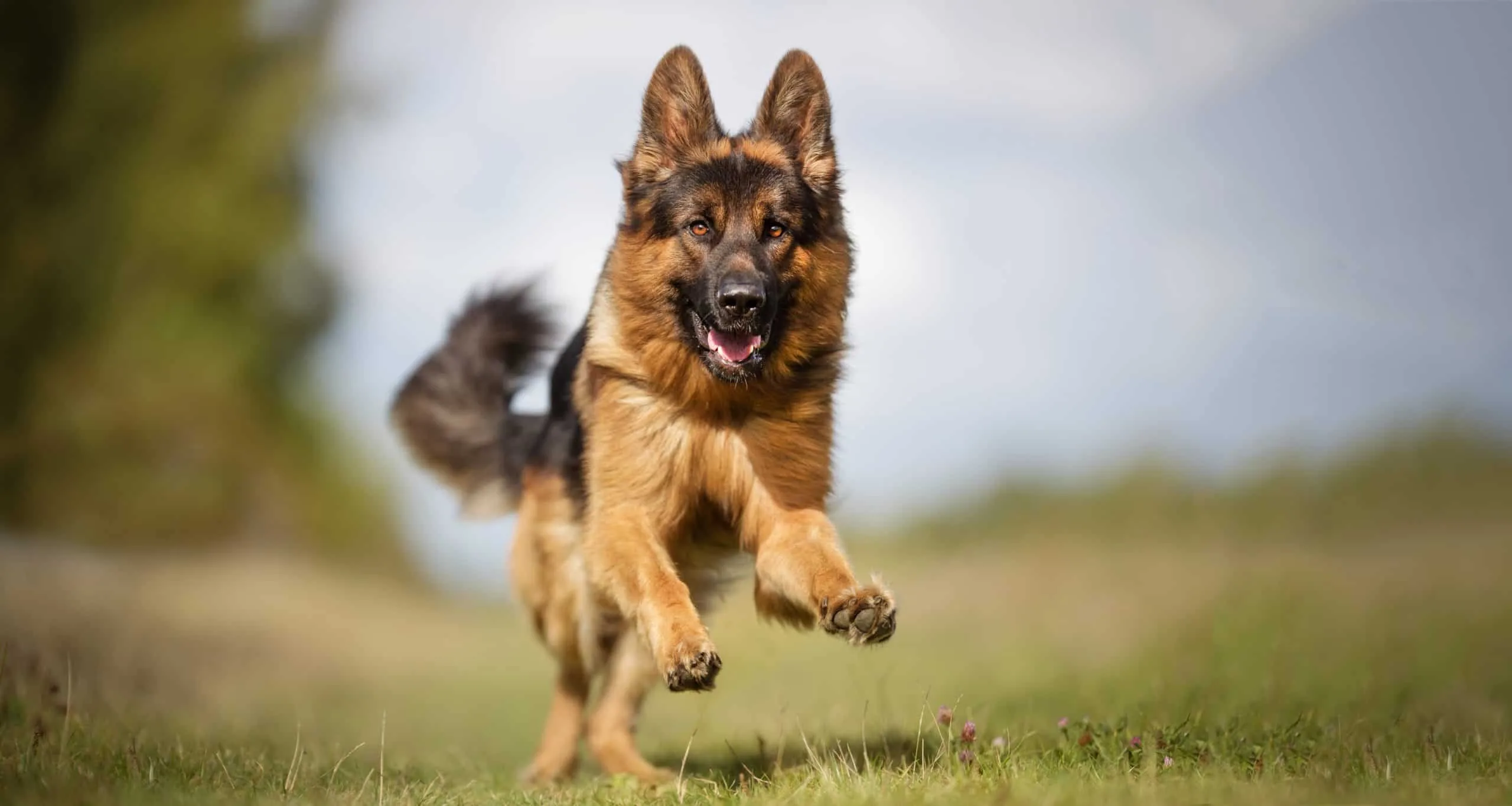
Explore all articles in the series to master the care, training, and development of the world’s most intelligent dog breed.
🐶 Visit: www.dogsreader.com
📩 Ask our 24/7 Dog Chatbot anything – trained with official AKC knowledge!
📧 Contact: dogsreaders@gmail.com
📱 Follow us on Facebook & Instagram
▶️ [Subscribe to us on YouTube | Facebook | Instagram |
🐾 Introduction: A German Shepherd’s Body is Built for Action
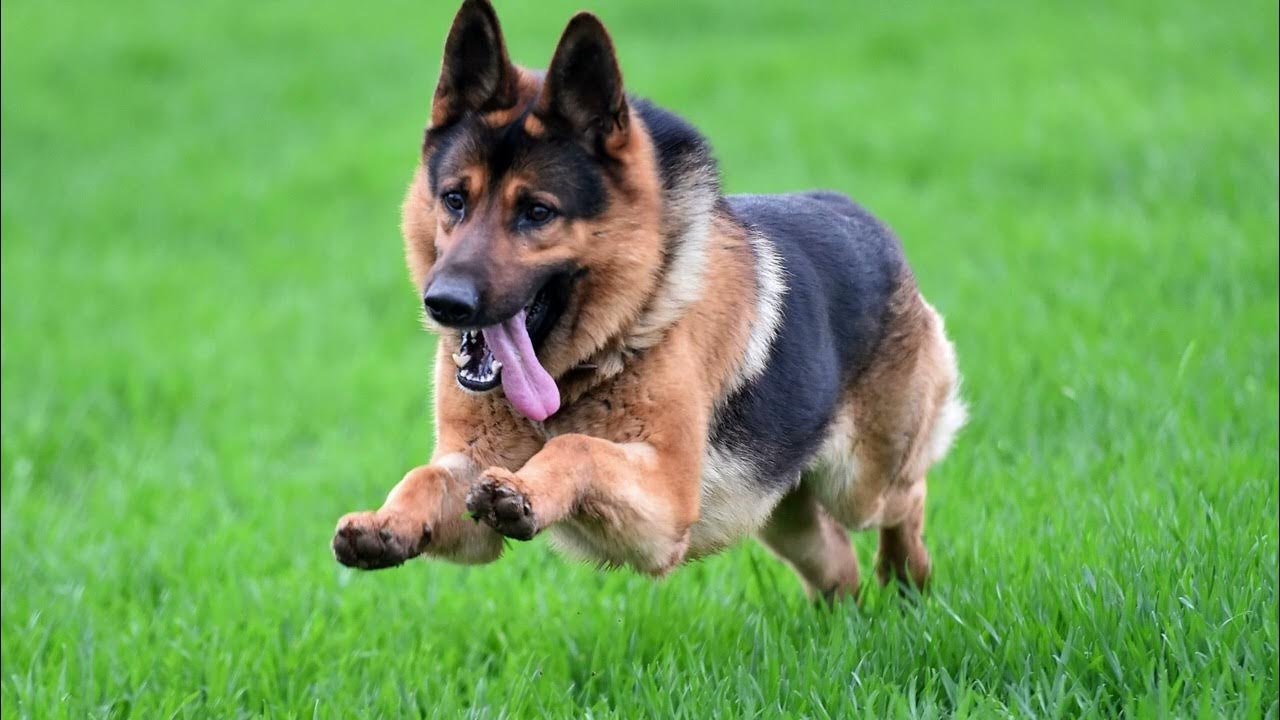
Introduction: The Power of Movement
German Shepherd Exercise Blueprint: The German Shepherd is not just a loyal family companion—it’s an athlete, protector, and thinker. Exercise is the fuel that powers their mental sharpness, physical strength, and emotional balance. However, not all German Shepherds need the same workout. Puppies, adults, and senior dogs have different exercise requirements, especially across varying weather conditions and global climates.
In this award-worthy article, we’ll break down optimal workouts by age and climate, and follow it with the ultimate post-exercise nutrition and supplement guide by country and season.
🐾 German Shepherd Puppy Exercise (0–12 Months)
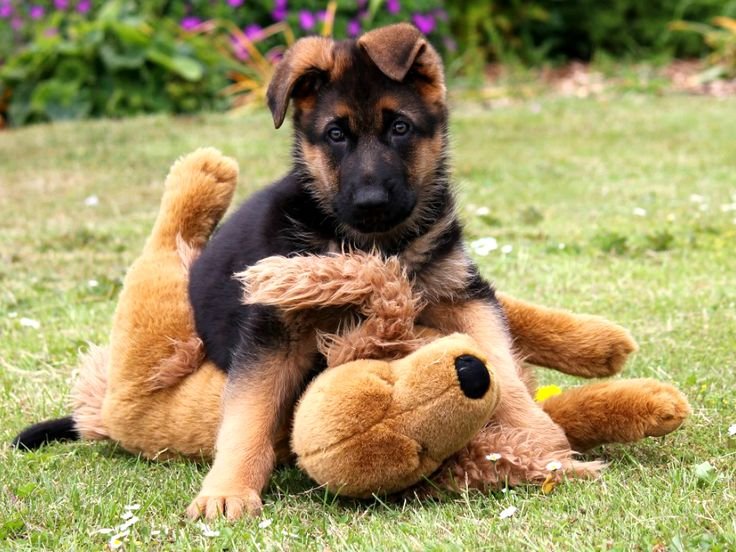
🧠 Key Focus:
- Growth-safe play
- Joint protection
- Controlled environments
🏋️♀️ Recommended Activities:
- 5 minutes per month of age ( 3-month-old = 15 mins)
- Leash walks (short, sniffing allowed)
- Puzzle toys and hide-n-seek
- Shallow water play
- Light incline climbing (grass hills)
🌍 Country/Climate Tips:
- Cold Winters (USA, Canada, Germany): Limit outdoor time. Use boots and coats. Try indoor games.
- Hot Summers (India, UAE, Mexico): Exercise early morning or post-sunset. Avoid pavement.
- Mild Climates (UK, Australia, Japan): Year-round outdoor walking/play. Monitor for growth spurts.
🐕 German Shepherd Adult Exercise (1–6 Years)
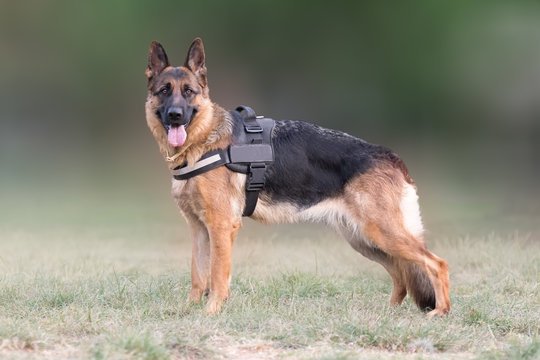
🧠 Key Focus:
- Peak physical condition
- Endurance + agility
- Daily consistency
Goal: Peak physical performance, mental resilience, and breed-appropriate challenge.
Daily Exercise Time:
90 to 120 minutes/day, divided between morning and evening
Recommended Activities:
-
Jogging & Running beside a bike (gradual start)
-
Tug Games with Resistance
-
Advanced Fetch & Ball-Launchers
-
Agility Training (A-frames, weave poles, tunnels)
-
Tracking & Scent Work
-
Swim Training (great joint protection)
-
Protection Training / Schutzhund-style Drills (with professionals)
-
Weighted Backpack Hikes (only after 18 months)
🎯 Mix 50% physical exercise + 50% mental stimulation for balance.
Country & Climate Adaptations:

🌞 Hot Countries:
-
Schedule workouts early (before 9am) or post-sunset.
-
Prioritize shade and water.
-
Swimming is ideal!
❄️ Cold Regions:
-
Use padded gear for long treks.
-
Snow fetch is fun—but watch for ice cuts.
-
Indoor treadmill sessions for heavy snow days.
🌧 Rainy Zones:
-
Indoor agility and stair workouts.
-
Rotate with treat puzzles, hide-and-seek games, and obedience drills.
German Shepherd Senior Exercise (7+ Years)
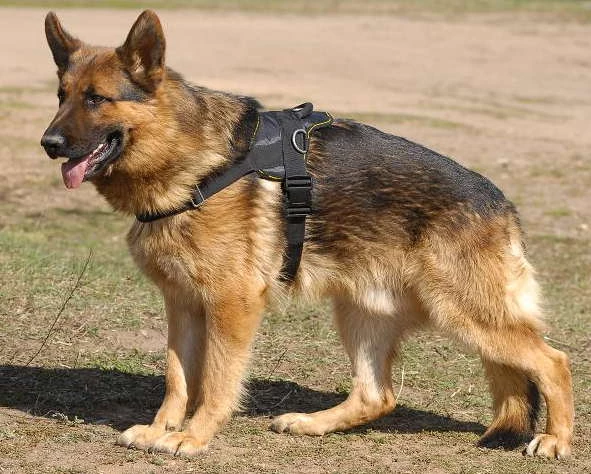
🧠 Key Focus:
- Joint health
- Low-impact movement
- Mental stimulation
Goal: Preserve muscle tone, joint health, and cognitive sharpness.
Daily Exercise Time:
30 to 45 minutes, broken into low-impact sessions
Best Activities:
-
Leisure Walks with Scent Exploration
-
Hydrotherapy (underwater treadmills, pool swims)
-
Stretching & Balance Exercises
-
Slow Obstacle Walks
-
Basic Training Refresher Commands
-
Massage & Range-of-Motion Routines
💡 Keep it low-impact. Avoid stairs, jumping, or heavy pulling. Joint supplements like glucosamine are strongly recommended.
Climate Considerations:
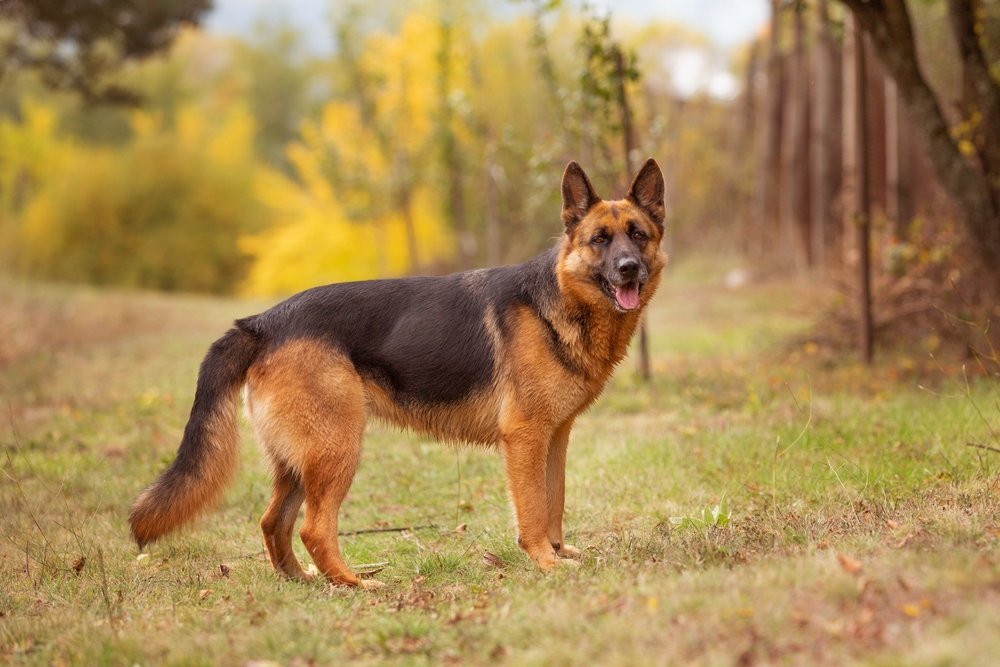
-
Cold weather: Use orthopedic beds, warm coats, and paw balm.
-
Hot weather: Walk during coolest times of the day, ensure constant hydration.
-
Rainy zones: Soft indoor mats for traction; mental games for enrichment.
🗺️ Country-Wise Lifestyle Customization
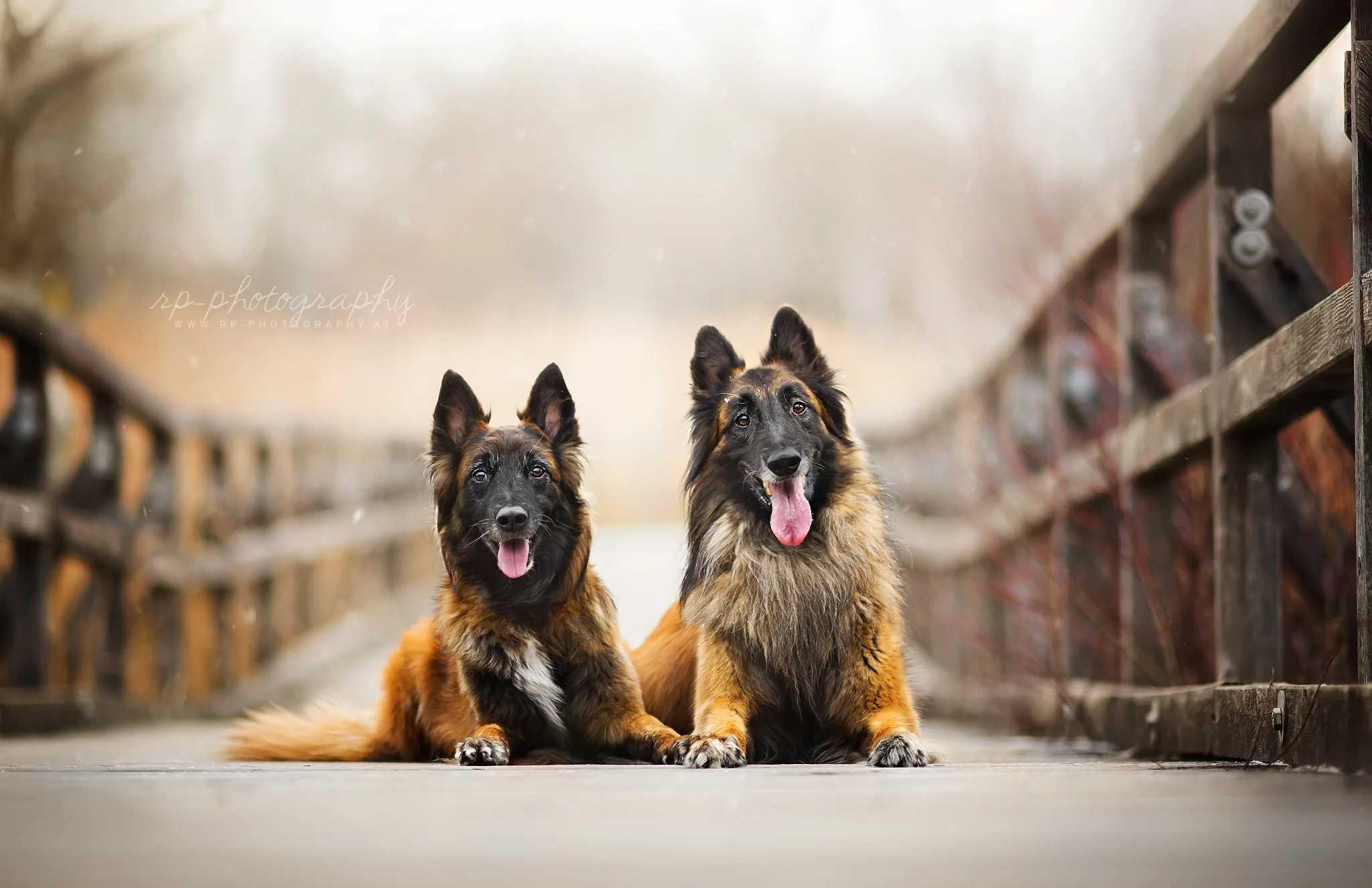
| Country | Climate Type | Best Exercise Options |
|---|---|---|
| USA | Varies (state-wise) | Hiking, park fetch, seasonal agility |
| Canada | Cold | Snow play, indoor scent games, treadmill work |
| India | Hot/Humid | Early walks, indoor games, short leash runs |
| Germany | Moderate | Urban trekking, forest walks, Schutzhund |
| Australia | Hot & Dry | Beach runs, evening jogs, obstacle play |
| UK | Rainy/Cool | Indoor obstacle courses, ball play, park walks |
| UAE | Desert Heat | Pool swims, climate-controlled training centers |
⚠️ Common Mistakes to Avoid
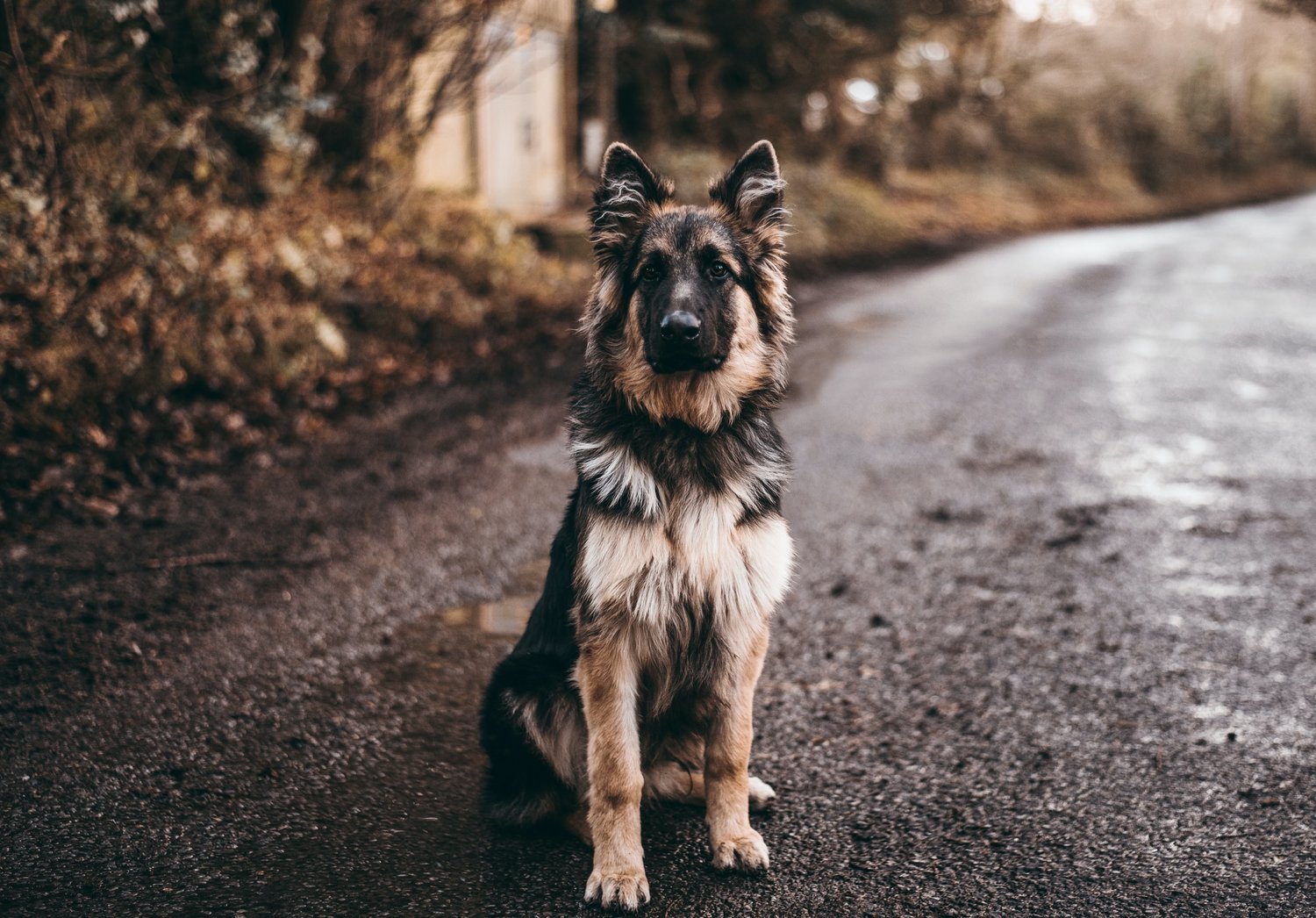
-
Overexercising puppies or seniors
-
Ignoring climate risks (heatstroke, hypothermia)
-
Not varying routines—boredom = behavior problems
-
Exercising immediately after meals
-
Skipping warm-ups and cool-downs
🎖 Pro Tip: Weekly Rotation Chart (Sample)
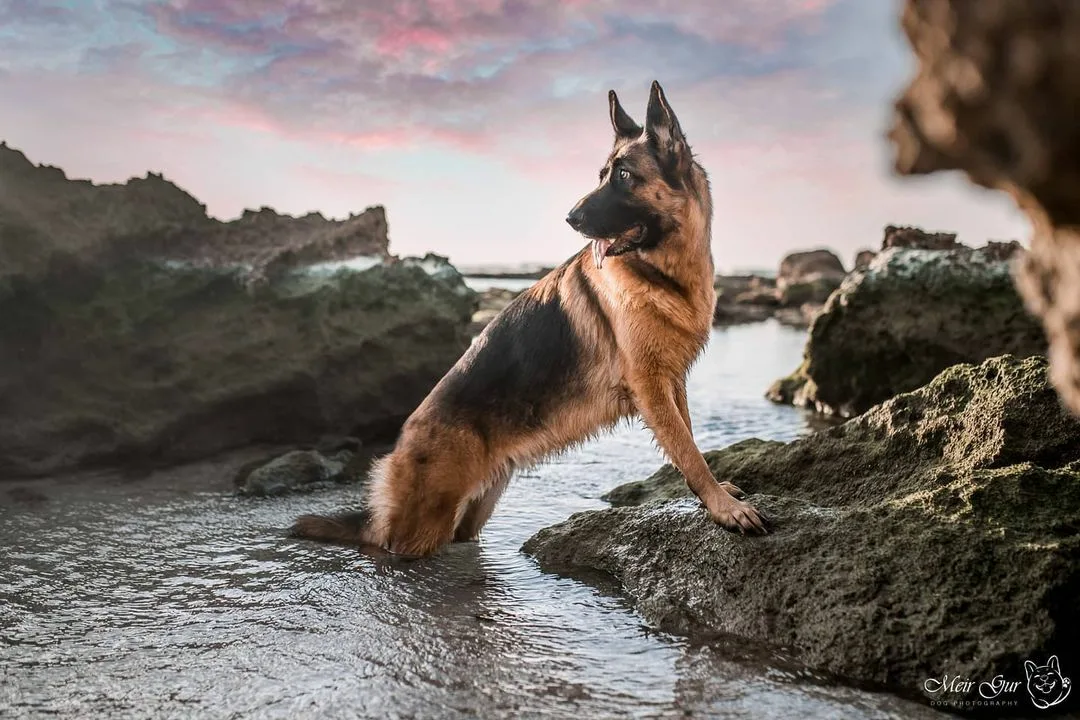
| Day | Activity Mix |
|---|---|
| Monday | Obedience + Scent work |
| Tuesday | Jog + Agility + Fetch |
| Wednesday | Off-leash Trail Hike |
| Thursday | Rest day + Puzzle Games |
| Friday | Tracking Game + Basic Commands Review |
| Saturday | Long Walk + Park Socialization |
| Sunday | Tug Game + Brain Toy Challenge |
🧠 Exercise is a Lifetime Contract
From puppy play to senior strolls, exercise isn’t just about energy release—it’s about mental health, bonding, and unlocking the legendary potential of the German Shepherd. Adapt to their age, adjust to your country, and stay consistent.
A tired German Shepherd is a happy, well-behaved one.
🥩 Post-Exercise Nutrition & Supplements by Age, Season, and Region

📊 Country-Wise + Seasonal Nutrition Table
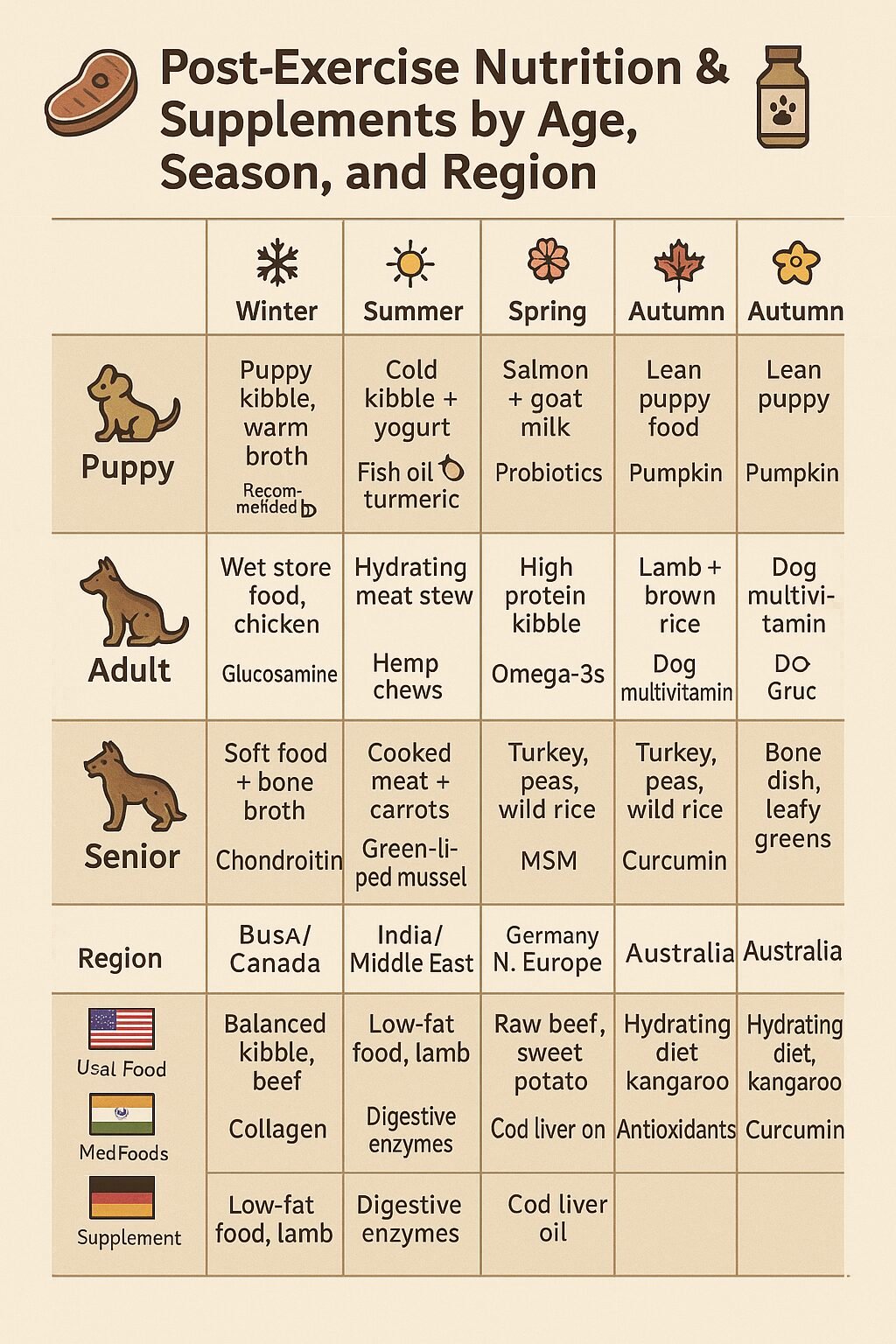
Click Any Picture To Buy From Amazon
| Life Stage | Season | Countries | Ideal Foods Post Exercise | Recommended Supplements |
|---|---|---|---|---|
| Puppy | Winter | USA, Germany, Canada | Warm broth over high-protein kibble | Fish oil,
|
| Summer | India, UAE, Mexico | Cold goat milk, puppy biscuits, chicken & rice | Probiotics,
|
|
| Spring | UK, Japan, France | Raw-fed mix or soft meat blend | DHA,
|
|
| Autumn | USA, Australia, Europe | High-calorie puppy mash | Digestive enzymes,
|
|
| Adult | Winter | Russia, Canada, USA | Lamb, brown rice, steamed veggies | Glucosamine, Omega-3s, Multivitamin |
| Summer | Brazil, India, UAE | Lean fish, quinoa, pumpkin | Electrolytes, Joint support
|
|
| Spring | USA, UK, Australia | Chicken, oats, carrots | Liver tonic,Taurine
|
|
| Autumn | Germany, France, Japan | Beef stew, boiled egg | Vitamin B complex,
|
|
| Senior | Winter | Canada, Poland, Norway | Soft turkey or salmon, mashed sweet potato | Joint formula, Turmeric
|
| Summer | India, UAE, Mexico | Cold cottage cheese, papaya cubes | Probiotics,
|
|
| Spring | UK, Japan, USA | Chicken broth soup with rice | Ginseng, Eye health blend, Anti-inflammatory herbs | |
| Autumn | France, Germany, Spain | Softened kibble, sardines | Bone density mix,
|
💡 Always offer fresh water post-exercise and wait 30–45 minutes before feeding to prevent bloating in deep-chested breeds like the German Shepherd.
Closing Statement: The Body Fuels the Mind
Your German Shepherd’s physical routine should evolve with time, age, climate, and geography. By tuning into their changing needs and pairing exercise with proper nutrition, you not only extend their life—you enhance their spirit. Whether bounding through snow or strolling in spring rain, your GSD thrives when the body and mind move in harmony.
📌 Frequently Asked Questions (FAQs)
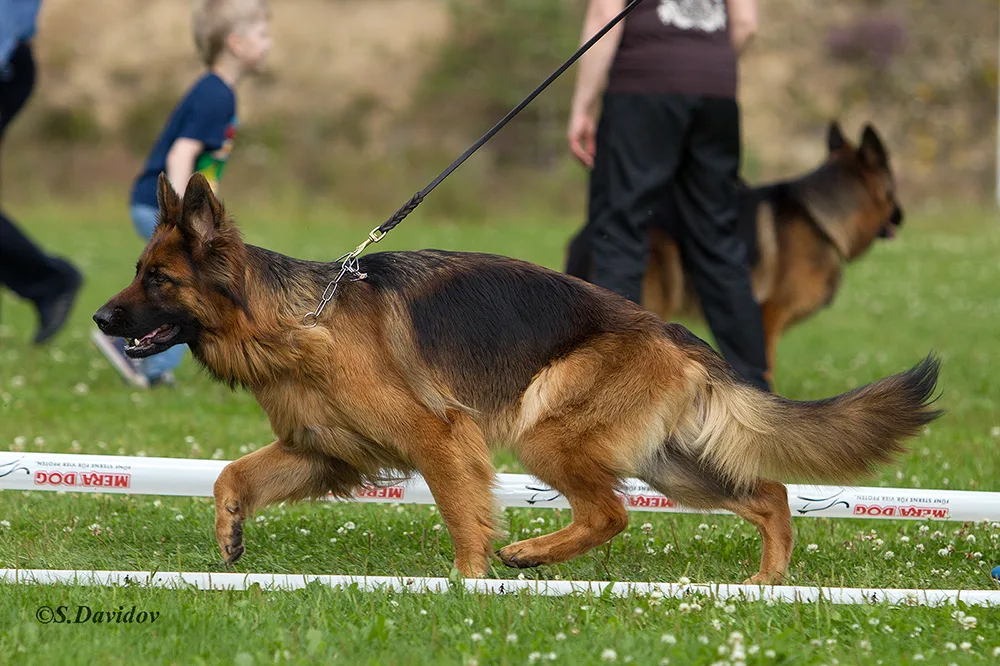
❓ How much exercise does a German Shepherd puppy need?
A German Shepherd puppy should follow the “5-minute rule” — 5 minutes of exercise per month of age, up to twice a day. For example, a 4-month-old puppy should get 20 minutes of light, controlled activity twice daily.
❓ Can I over-exercise my German Shepherd?
Yes, over-exercising can harm joints, especially in puppies and senior dogs. Always tailor workouts based on your dog’s age, health, and weather conditions.
❓ What are the best exercises for a senior German Shepherd?
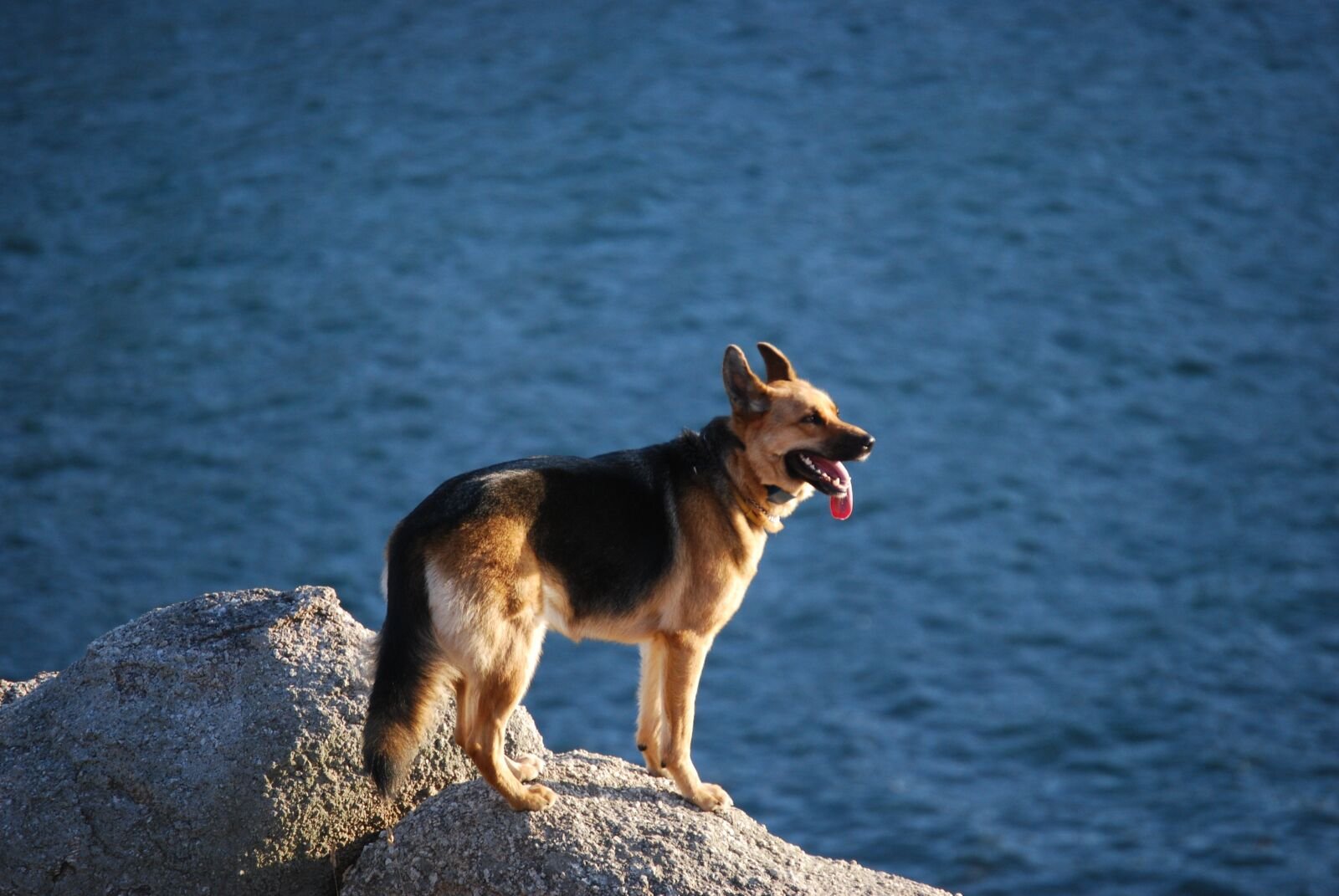
Low-impact activities like walking on soft ground, swimming, and mental enrichment games (e.g., treat puzzles or nose work) are ideal for seniors to maintain health without stressing joints.
❓ Are there different exercises for German Shepherds in hot vs. cold climates?
Absolutely. In hot climates, focus on swimming, early morning walks, and shaded play. In cold climates, use coats and booties and try indoor games or snow walks if safe.
❓ What’s the ideal post-exercise diet for a German Shepherd?
Post-exercise meals should be given 30–45 minutes later to avoid bloat. Focus on lean protein, moderate carbs, and supplements based on age and season—like joint support for seniors or probiotics in summer.
❓ Do German Shepherds need different exercises based on country or region?
Yes. Factors like humidity, temperature, and terrain impact your dog’s energy needs. For instance, sled pulling works in snowy Canada, while shaded trail hikes suit tropical regions like India or Brazil.
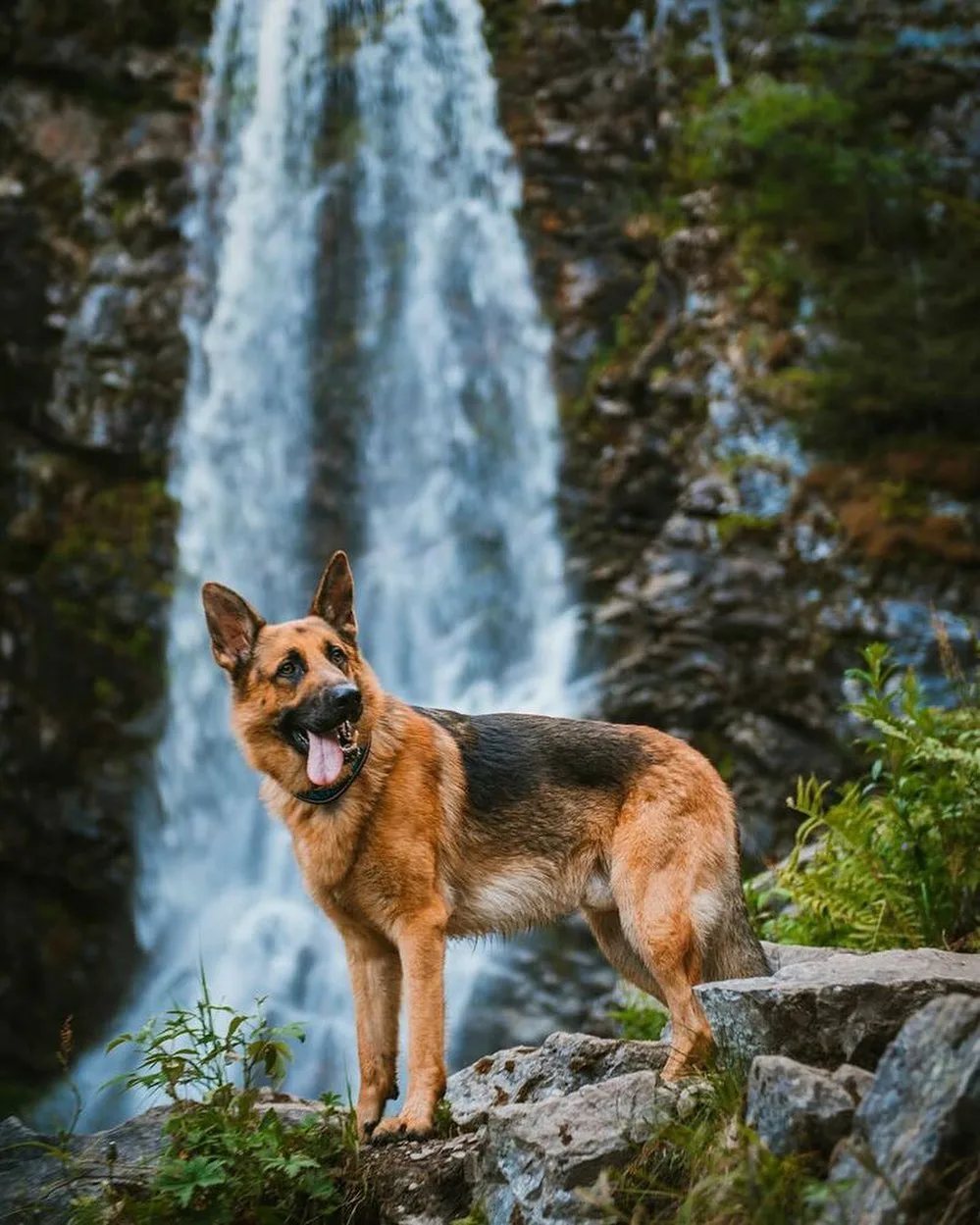
Working Breeds
German Shepherd Training Unleashed: Full Command Control for Real-World Brilliance
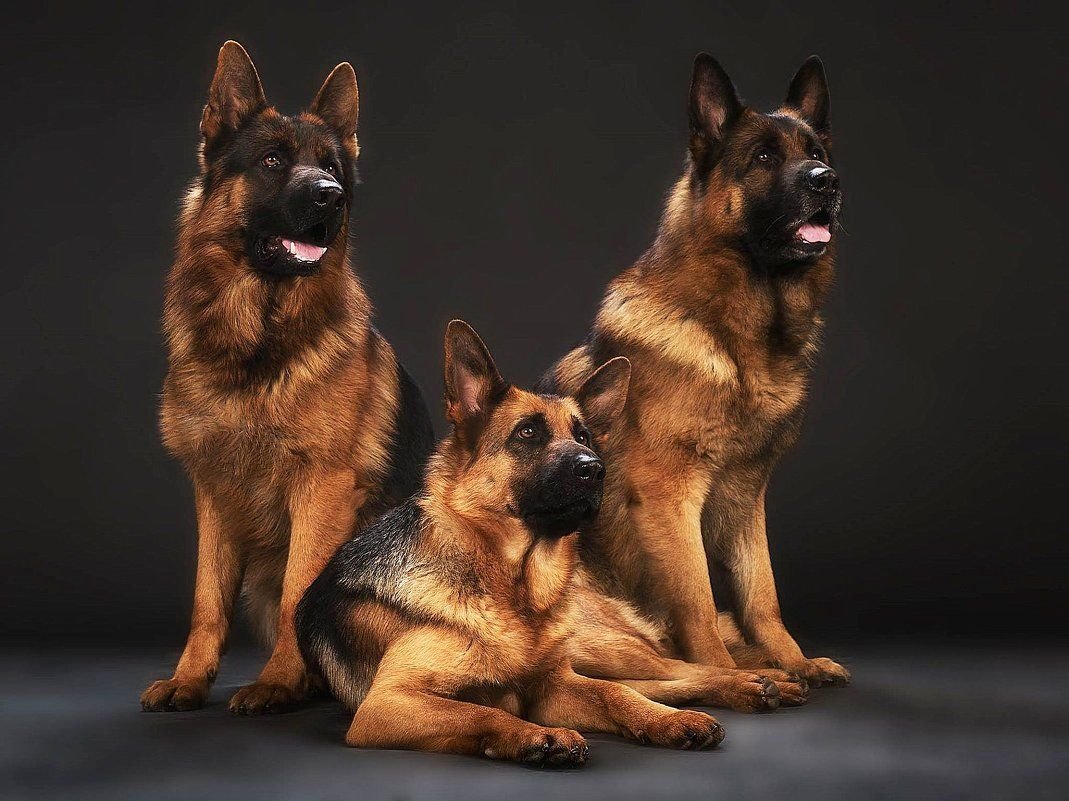
📢 This is Part 15 of the German Shepherd Series on DogsReader

Explore the full series and gain expert insights into one of the world’s most intelligent breeds.
🐶 Visit: www.dogsreader.com
📩 Ask our 24/7 Dog Chatbot anything – trained with official AKC knowledge!
📧 Contact: dogsreaders@gmail.com
📱 Follow us on Facebook & Instagram
▶️ [Subscribe to us on YouTube | Facebook | Instagram |
Introduction: Beyond Sit and Stay
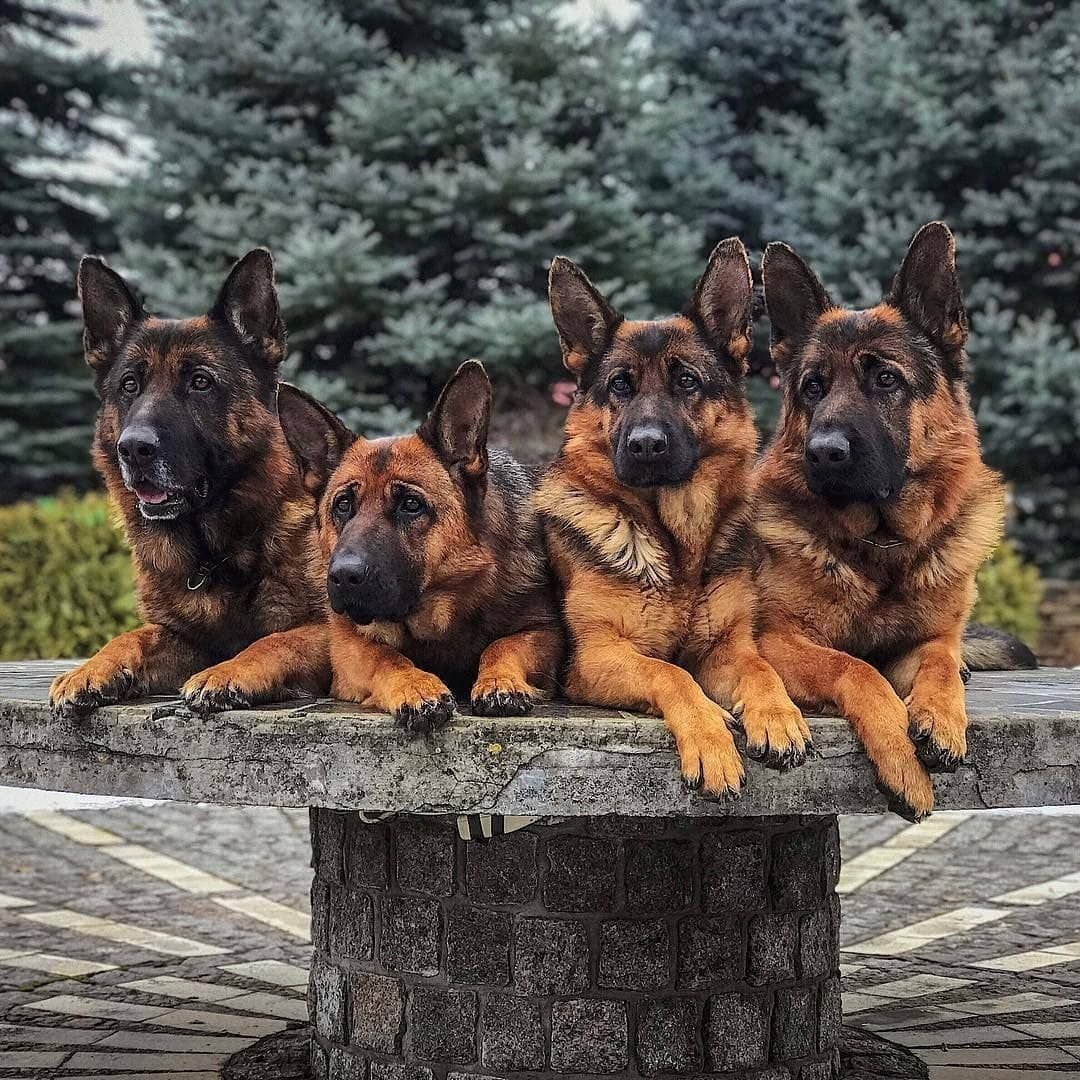
German Shepherd Training Unleashed: German Shepherds aren’t just dogs – they’re highly capable partners in action. With their sharp minds, drive to learn, and desire to please, these dogs are engineered for excellence. Whether you’re training for obedience, protection, or working roles, mastering the right commands can transform your German Shepherd into a true champion.
In this article, we guide you through the essential, intermediate, and advanced command stages to unlock your German Shepherd’s full working potential.
1. Understanding Command Training Philosophy

Before diving into the actual commands, it’s important to grasp the mindset of the German Shepherd:
- They thrive on structure.
- They bond deeply with their trainer.
- They excel with consistency and challenge.
Whether it’s a family environment or a police academy, the foundational training principle remains the same: clear leadership, positive reinforcement, and purposeful progression.
2. Basic Obedience Commands (Foundation Stage)

These form the groundwork for all future training:
- Sit
- Stay
- Come
- Down
- Heel
- Leave it
- No
These commands should be taught with:
- Short daily sessions
- Positive reward systems (treats, praise, or toy)
- Clear voice tones and consistent gestures
🧠 Pro Tip: Teach hand signals with each verbal cue to reinforce long-distance control.
3. Intermediate Working Commands (Real-World Integration)
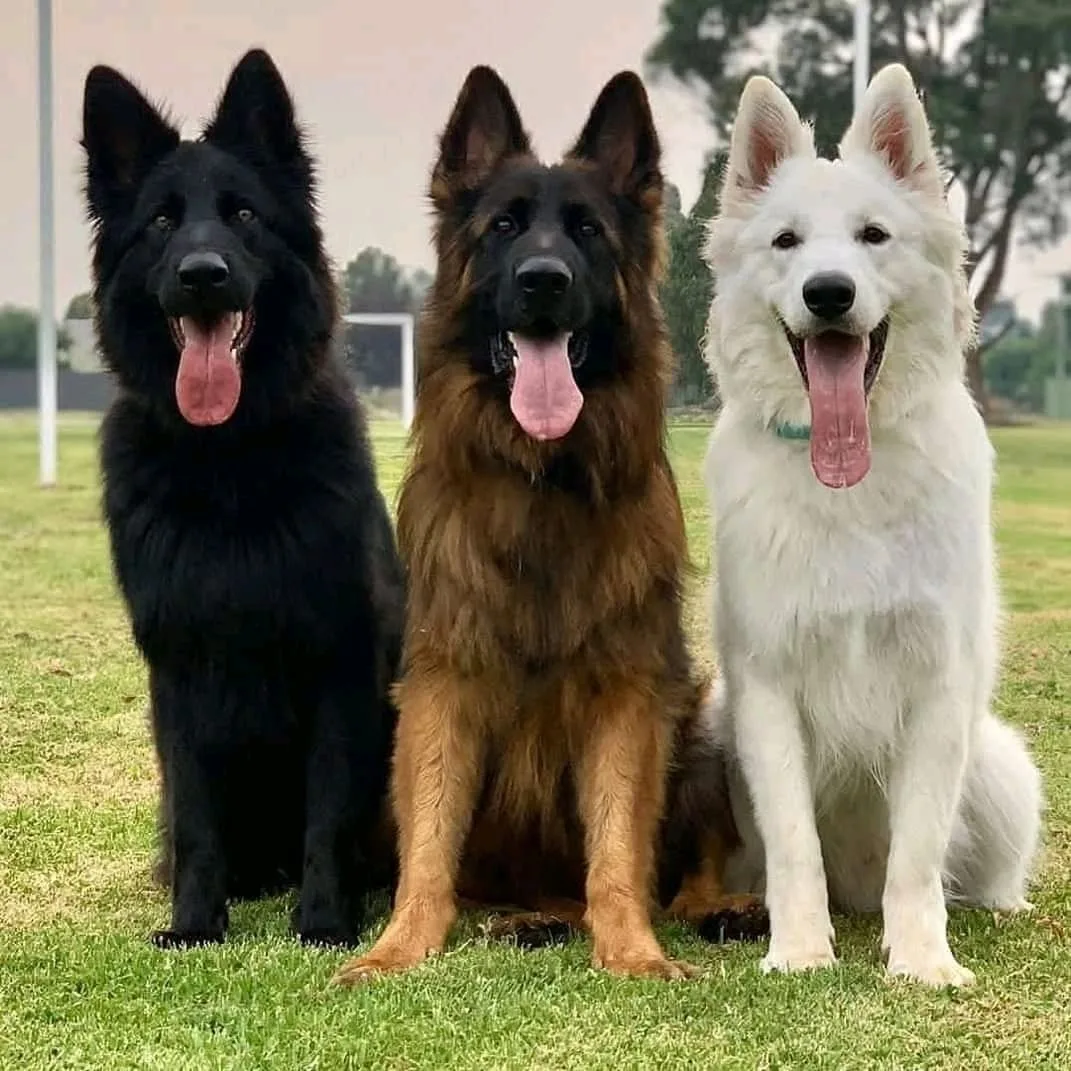
Once your dog masters the basics, they’re ready for more complex and practical training:
- Wait (Useful for doors, vehicles, food bowls)
- Watch me (For focus in high-distraction areas)
- Place (Go to a specific location and stay)
- Back up (Create space on command)
- Take it / Drop it (Retrieve or release items)
- Speak / Quiet (Controlled barking – excellent for alert or protection dogs)
These commands increase control and mental stimulation while preparing your dog for either professional duties or elevated home discipline.
4. Advanced Commands (Working & Professional Environments)

These are tailored for dogs being trained as K9 units, military dogs, service dogs, or high-discipline family companions:
- Search (Find a person or item)
- Track (Follow scent)
- Guard (Take protective stance)
- Bite / Release (Used in police or protection training only under professional guidance)
- Escort / Block (Walk beside or prevent others from approaching)
- Silent Commands (Training via signals alone)
📌 Important: Advanced commands must be taught with precision and care. In protection work, always consult a professional trainer to avoid behavioral risks.
5. Command Drills: Keeping Your German Shepherd Sharp
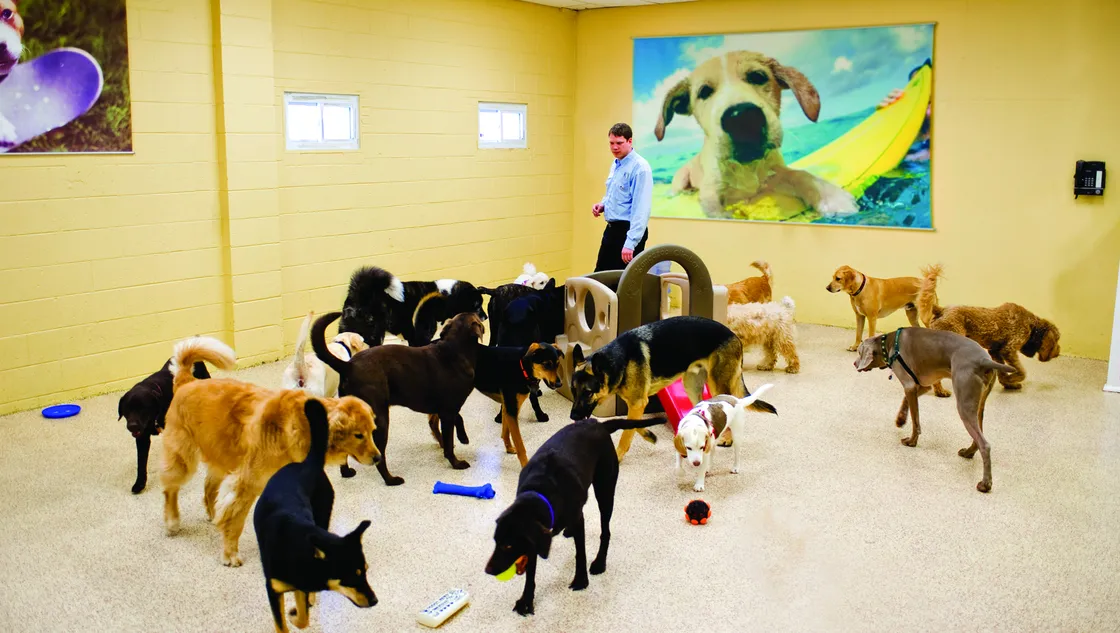
Repetition keeps your GSD engaged and responsive. Here are suggested drills:
- Command Chain Training (Link 3-5 commands in succession)
- Distraction Drills (Train in parks, busy areas, or with other dogs around)
- Distance Recall Challenges (Test “Come” command from long distances)
- Obstacle Work (Combine physical tasks with commands: sit on platform, jump, stay)
💡 Weekly refreshers keep even senior German Shepherds mentally young.
6. Common Training Mistakes to Avoid
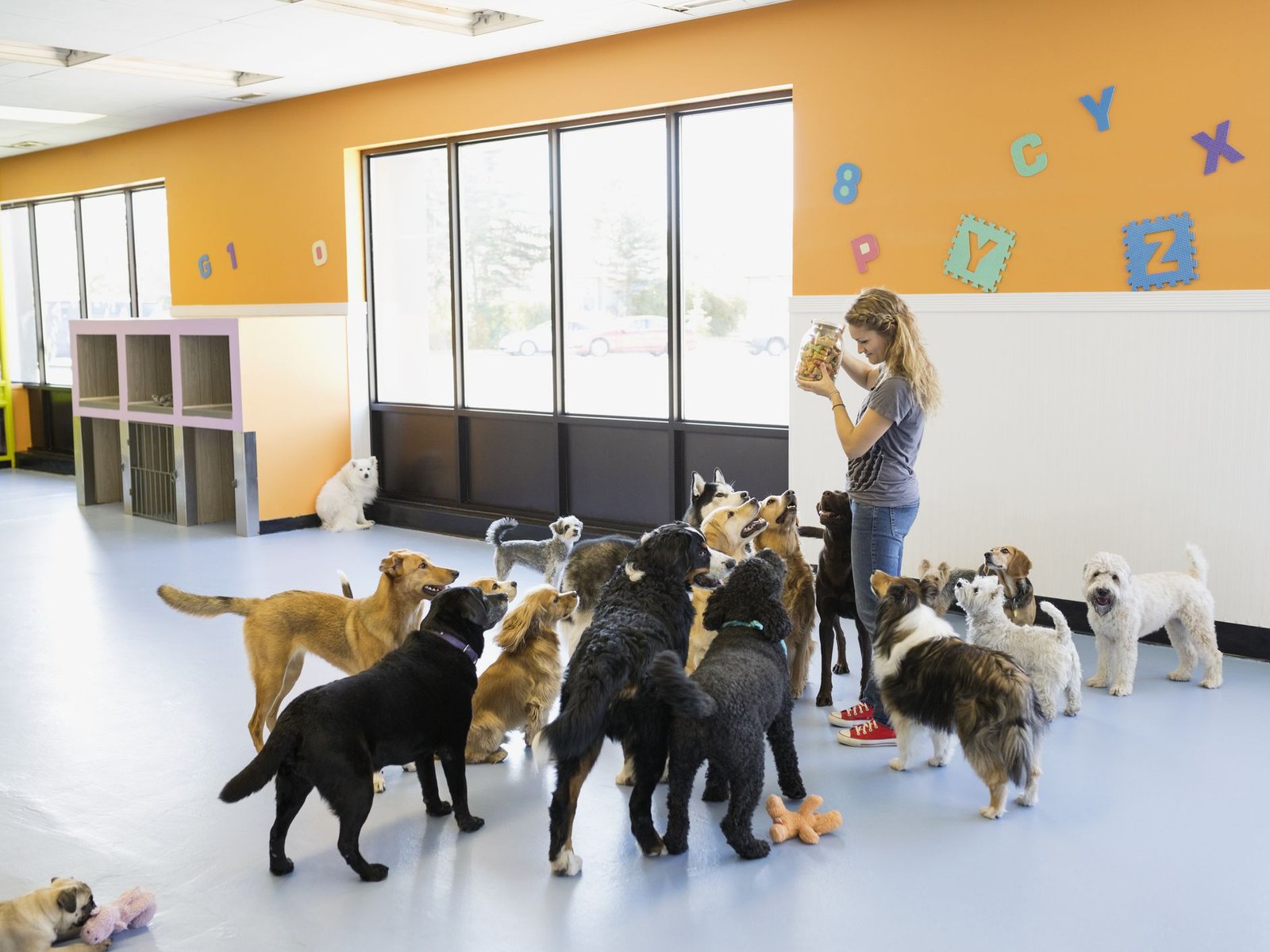
- Mixing up commands
- Changing tone inconsistently
- Training while distracted or frustrated
- Over-rewarding or confusing the reward timing
- Using punishment instead of correction
📣 Consistency + Patience = Success
7. Creating Your Own Custom Command List
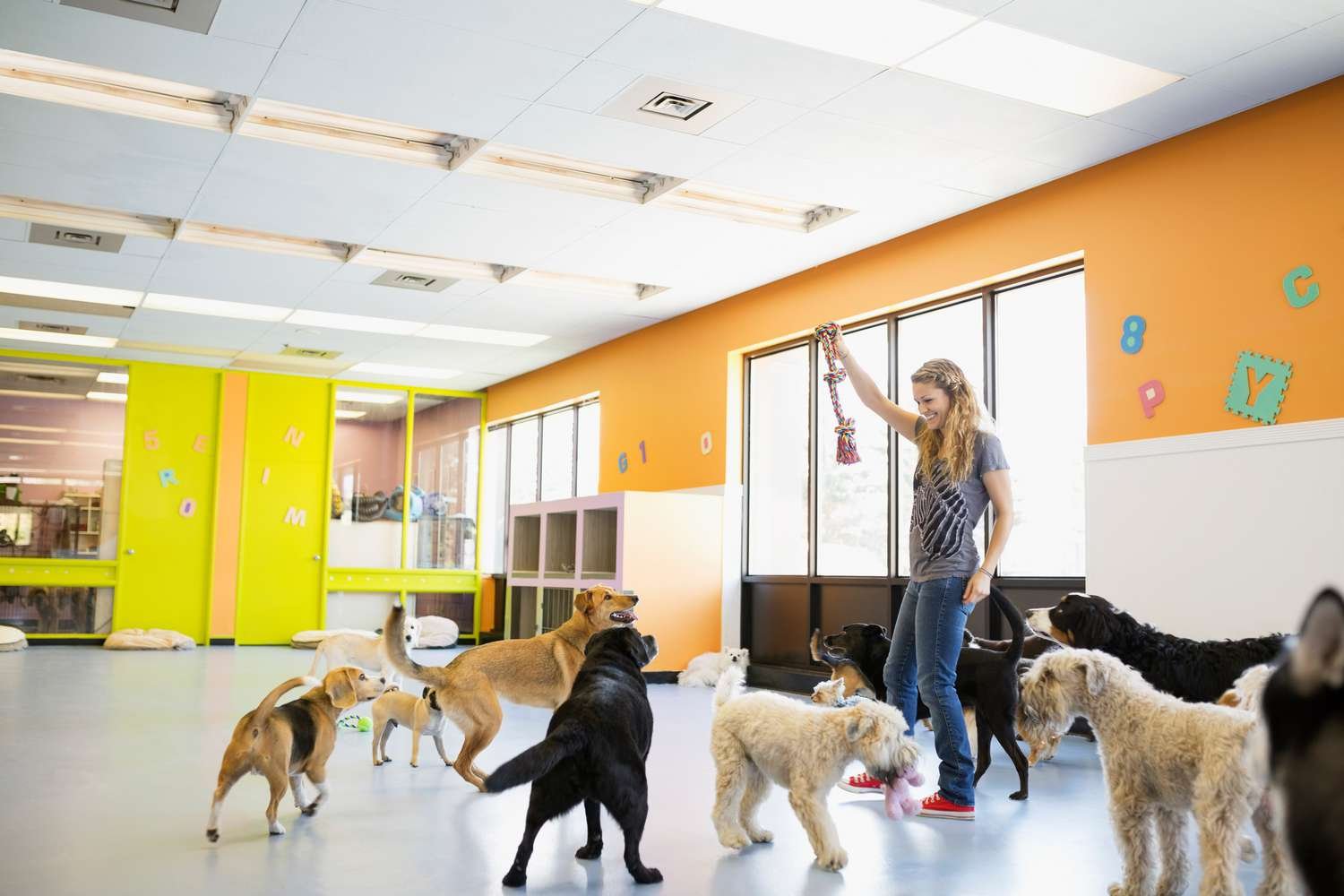
You can personalize your GSD’s command set to suit your lifestyle:
- “Go get the leash”
- “Turn off the light”
- “Find [name]”
- “Get the keys”
The key is to connect action with reward and keep commands short and clear.
Closing Statement : A Dog That Thinks Before Acting
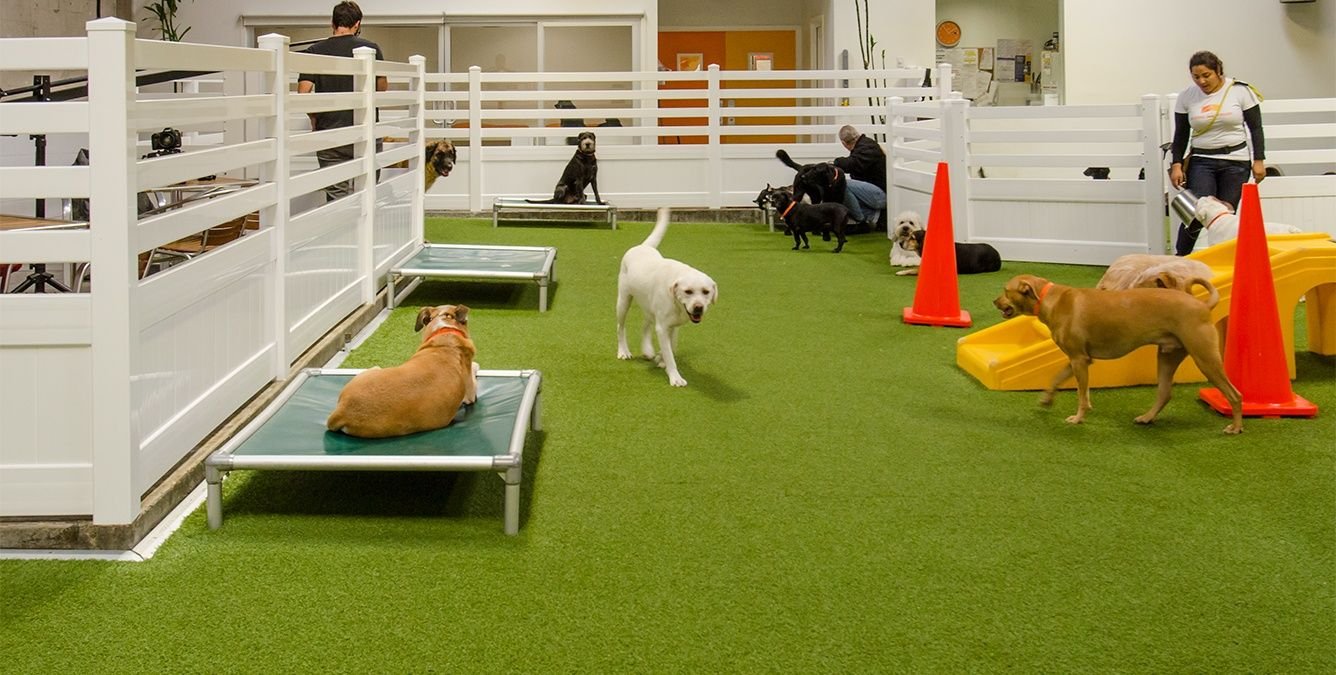
When trained well, a German Shepherd doesn’t just follow commands – they anticipate them. You’re not just raising a pet; you’re raising a partner. Through discipline, consistency, and love, your German Shepherd can achieve a level of intelligence and control few breeds can match.
Stay tuned for Part 16 in the German Shepherd Series, only on DogsReader.
🐾 Frequently Asked Questions – Mastering Commands: German Shepherd Training

1. What are the most important commands every German Shepherd should know?
Basic commands such as Sit, Stay, Come, Heel, Down, and No are essential for obedience. Intermediate and advanced commands like Search, Guard, Track, and Silent Commands help unlock their full working potential.
2. At what age should I start command training for my German Shepherd?
You can begin basic command training as early as 8 weeks old using positive reinforcement. More advanced training should wait until the dog is physically and mentally ready, around 6 months and older.
3. How long does it take to train a German Shepherd in commands?
Most German Shepherds grasp basic commands in 2–4 weeks with consistent training. Advanced command mastery for working purposes may take several months to a year, depending on the dog and trainer’s experience.
4. Can German Shepherds learn commands in multiple languages?
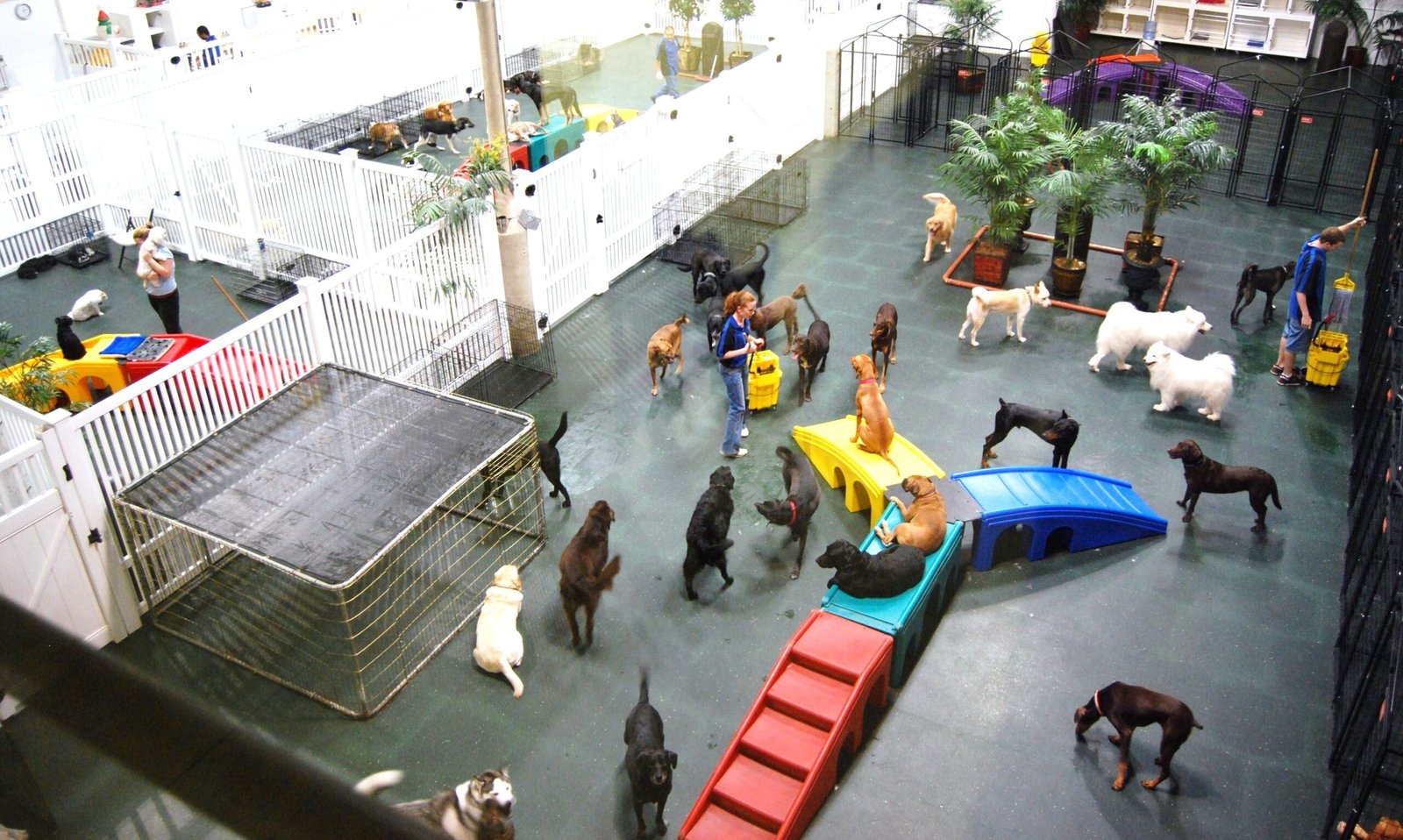
Yes, German Shepherds can learn commands in any language, including German, English, or hand signals. Many working dogs are trained in German to avoid confusion in public environments.
5. What’s the difference between obedience and working dog commands?
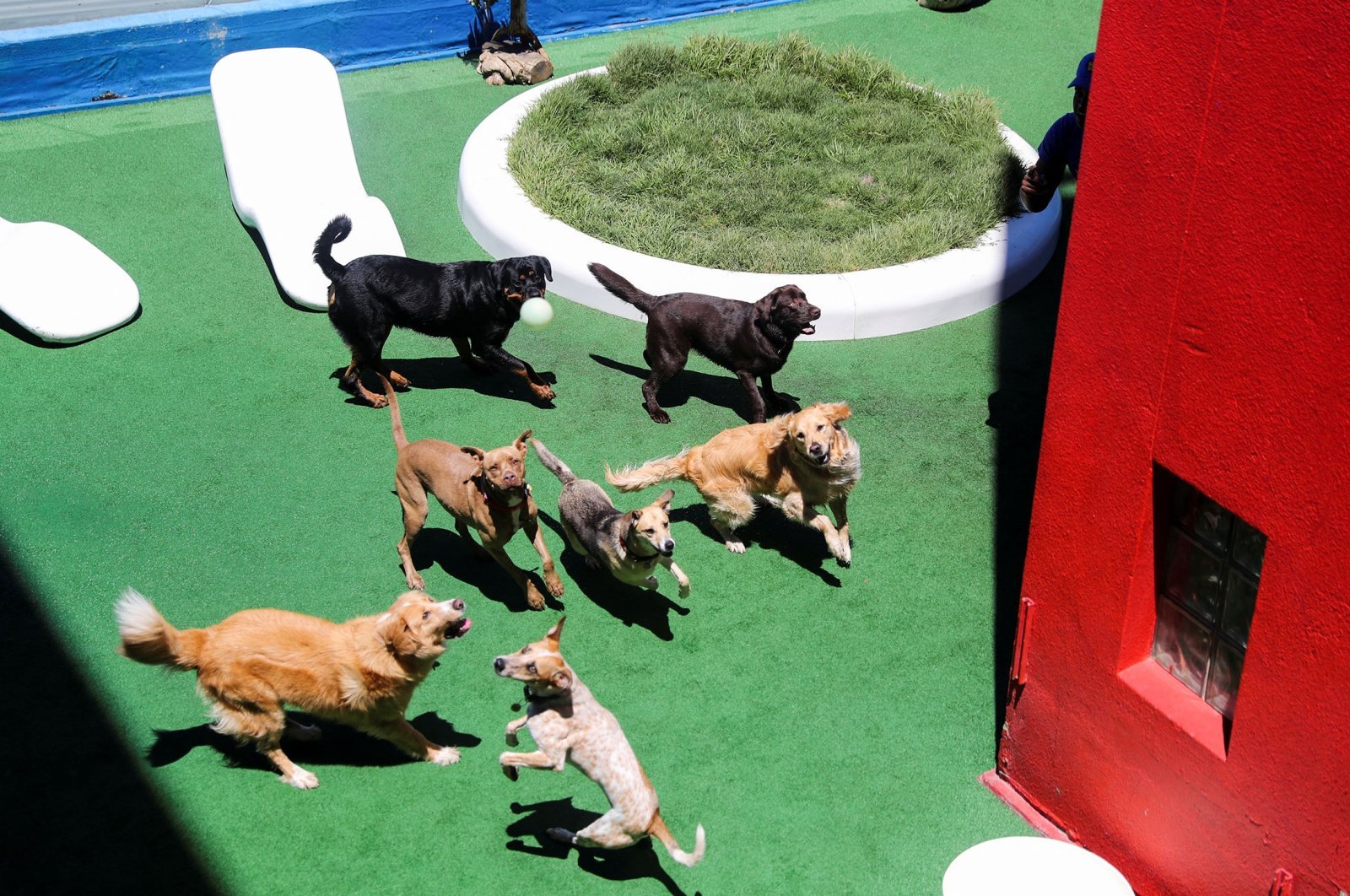
Obedience commands are for home behavior and safety (like Sit or Stay). Working dog commands include advanced instructions like Track, Guard, Search, and Bite/Release used in police, military, or service dog roles.
6. Should I use hand signals or verbal cues when training?
Ideally, you should use both hand signals and verbal cues during training. This ensures your German Shepherd understands commands visually and audibly, which is especially helpful in loud or distracting environments.
7. Can an older German Shepherd still learn new commands?
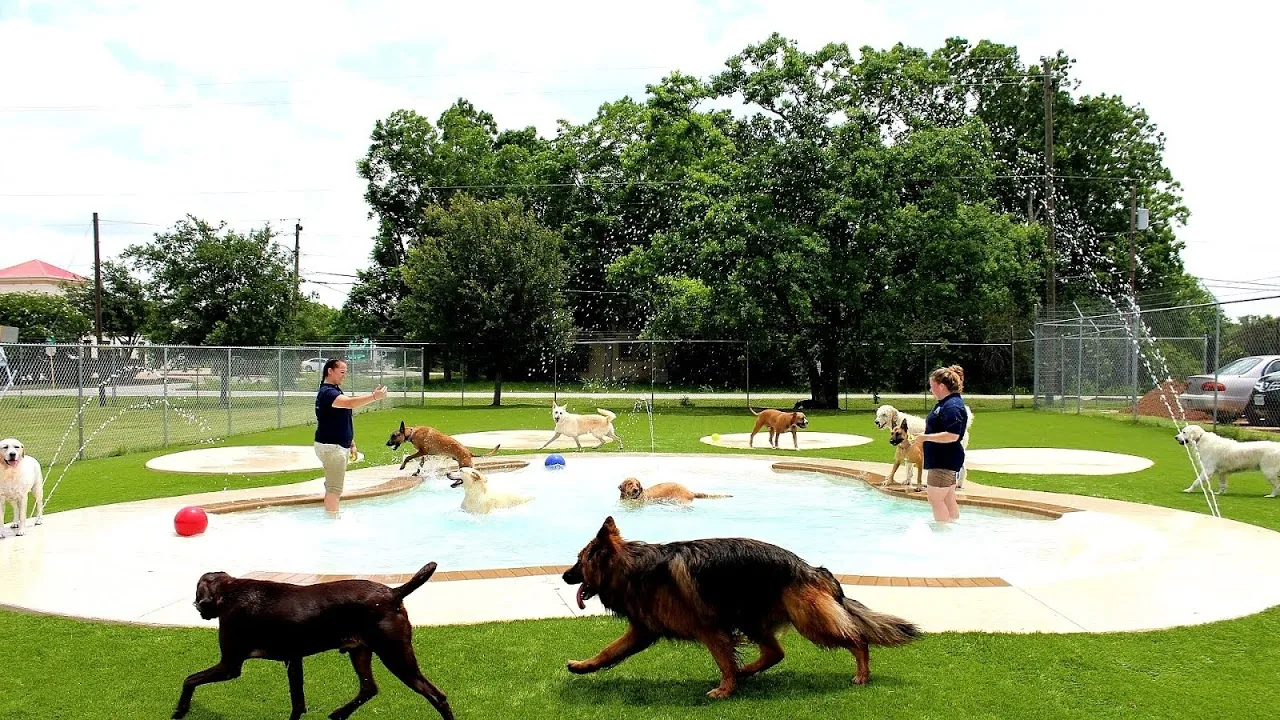
Absolutely. German Shepherds are highly intelligent at any age. While puppies learn faster, adult and senior dogs can still be trained effectively with the right approach and consistency.
8. Are German Shepherds good at remembering commands long-term?
Yes, German Shepherds have exceptional memory retention when trained properly. They can remember commands for months or even years with periodic refreshers.
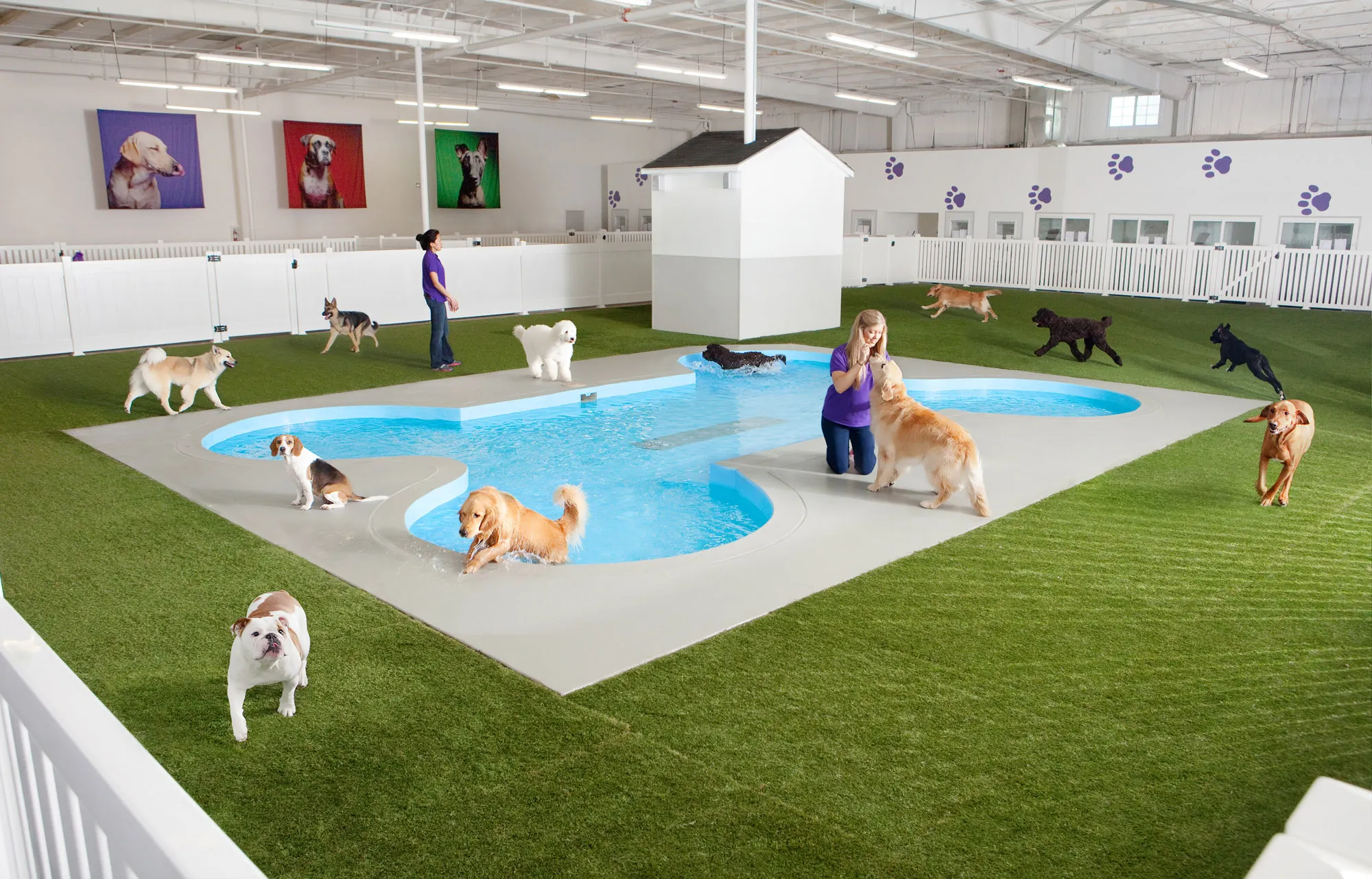
-
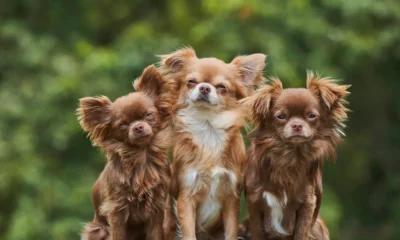
 SMALL DOG BREEDS5 months ago
SMALL DOG BREEDS5 months agoMerle Chihuahua: A Comprehensive Guide
-
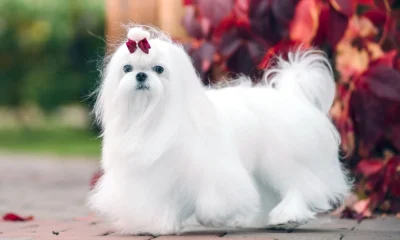
 SMALL DOG BREEDS5 months ago
SMALL DOG BREEDS5 months agoMaltese: A Beloved Companion
-
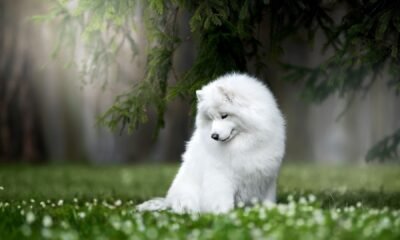
 Large Breeds4 months ago
Large Breeds4 months agoSamoyeds Hypoallergenic: Closer Look at the Breed
-

 SMALL DOG BREEDS5 months ago
SMALL DOG BREEDS5 months agoMerle Pomeranian: A Adorable Companion
-

 Large Breeds4 months ago
Large Breeds4 months agoStandard Poodle Weight: Country Wise
-

 MEDIUM BREEDS4 months ago
MEDIUM BREEDS4 months agoAmerican Water Spaniel Colors Chocolate In Crcols:
-
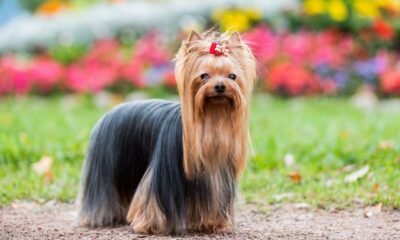
 SMALL DOG BREEDS5 months ago
SMALL DOG BREEDS5 months agoYorkshire Terrier: a Big Personality
-

 Terrier Breeds3 months ago
Terrier Breeds3 months agoDog Breeds: by Country & Category

